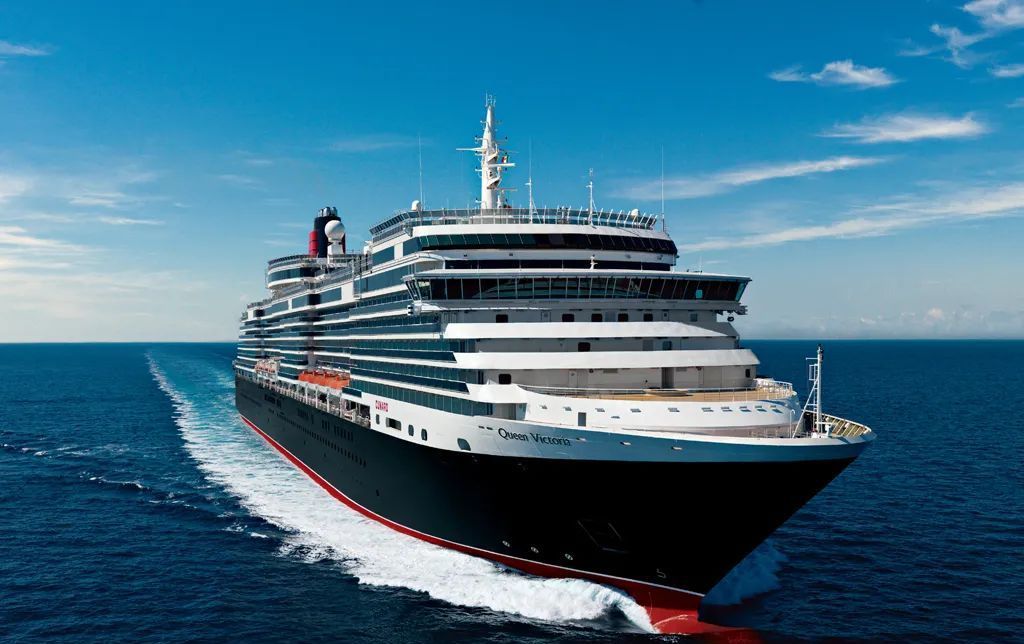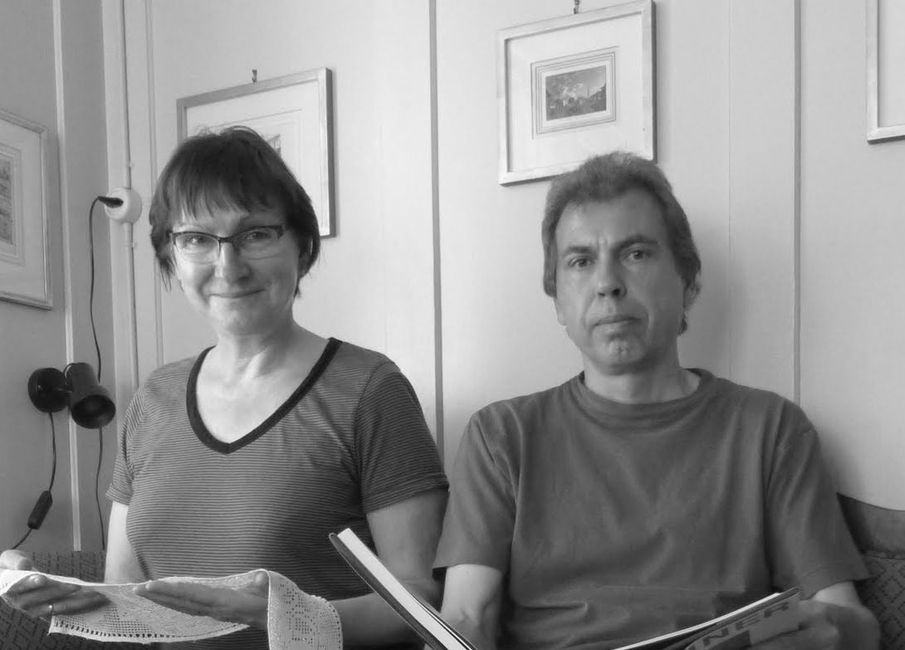
Weltreise-2023
vakantio.de/weltreise-2023
Salalah, Oman, 6. April 2023
Wɔatintim: 06.04.2023
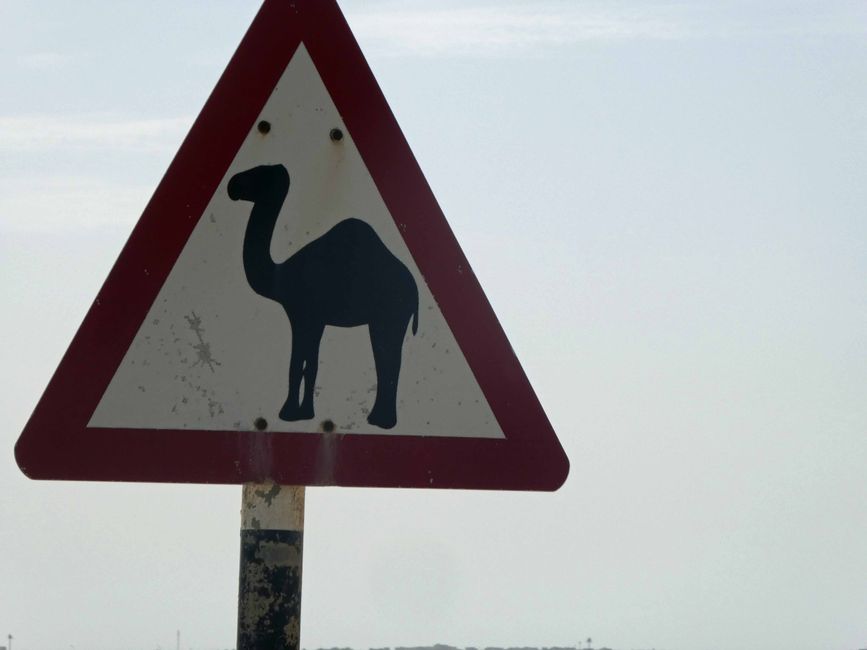
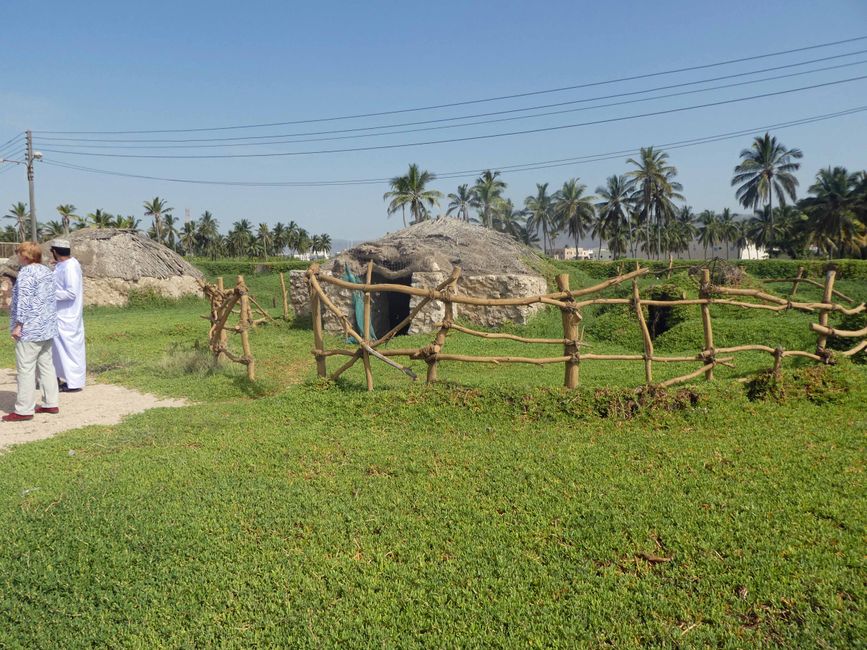
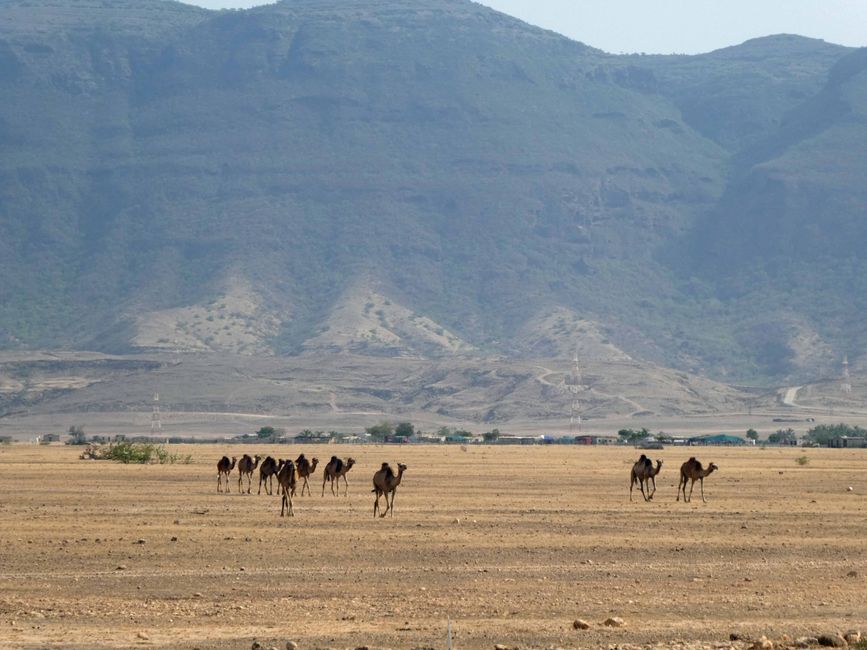
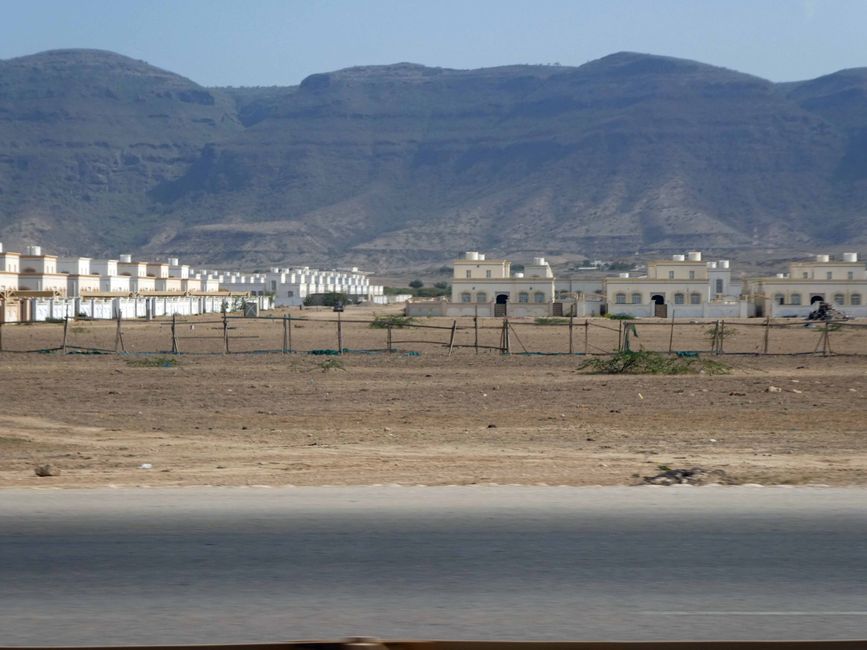
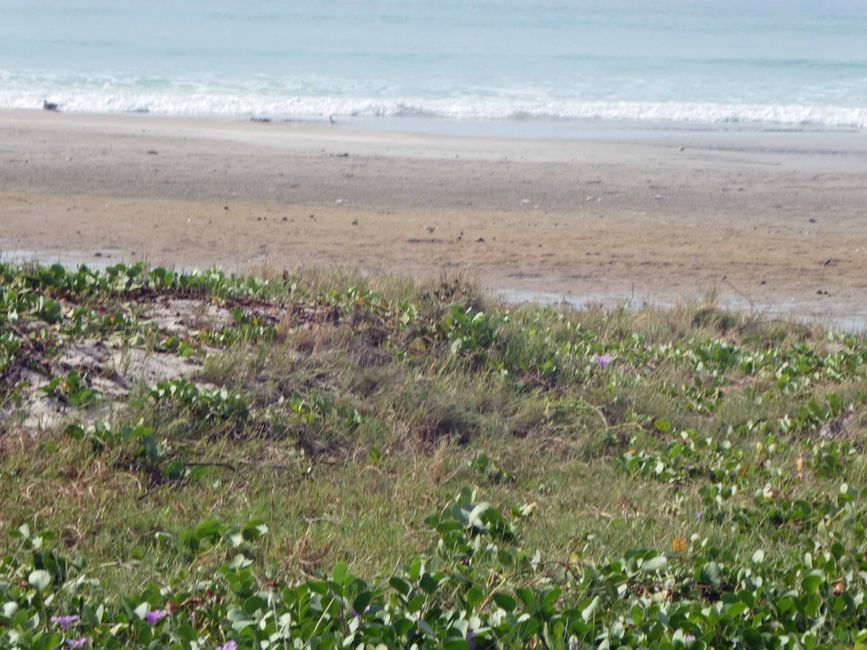
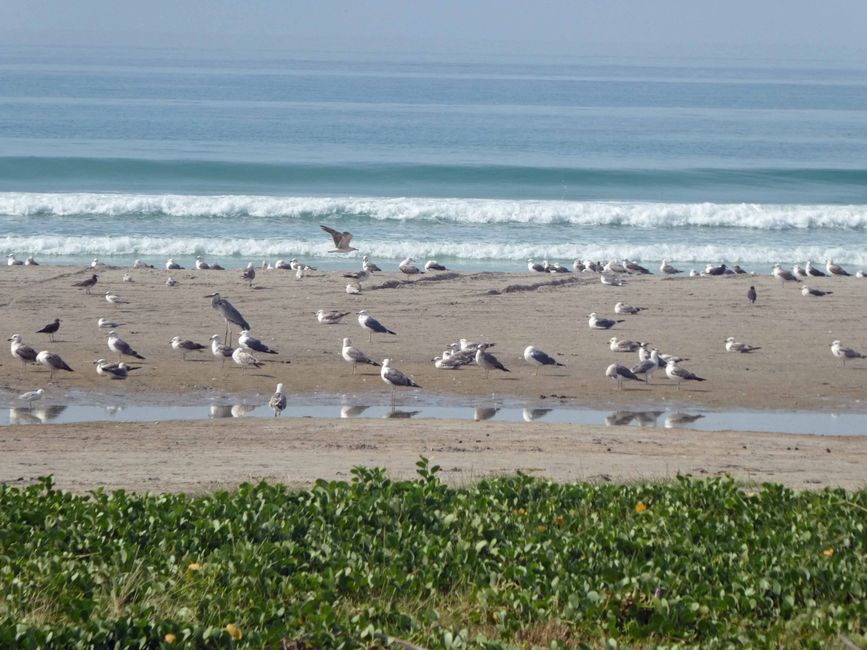
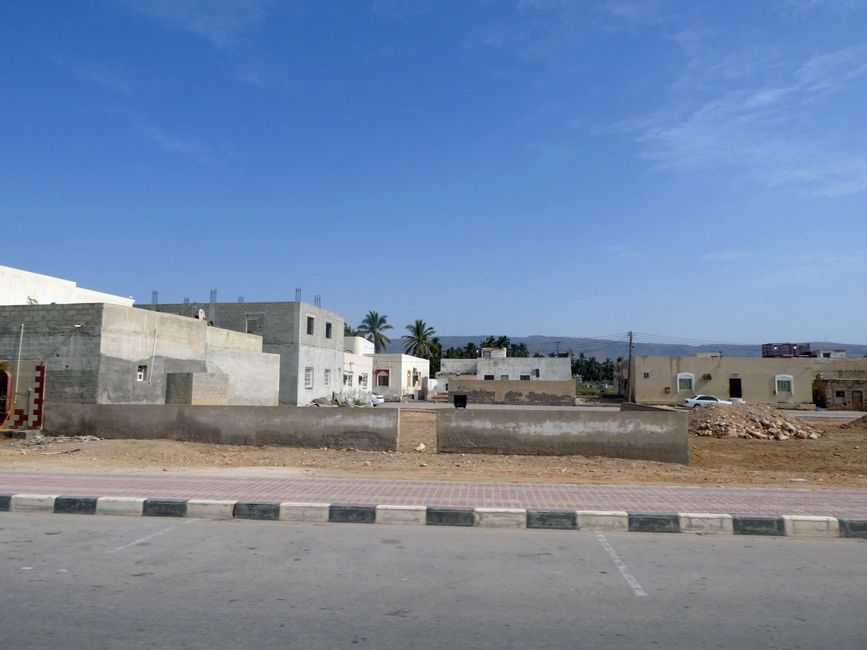
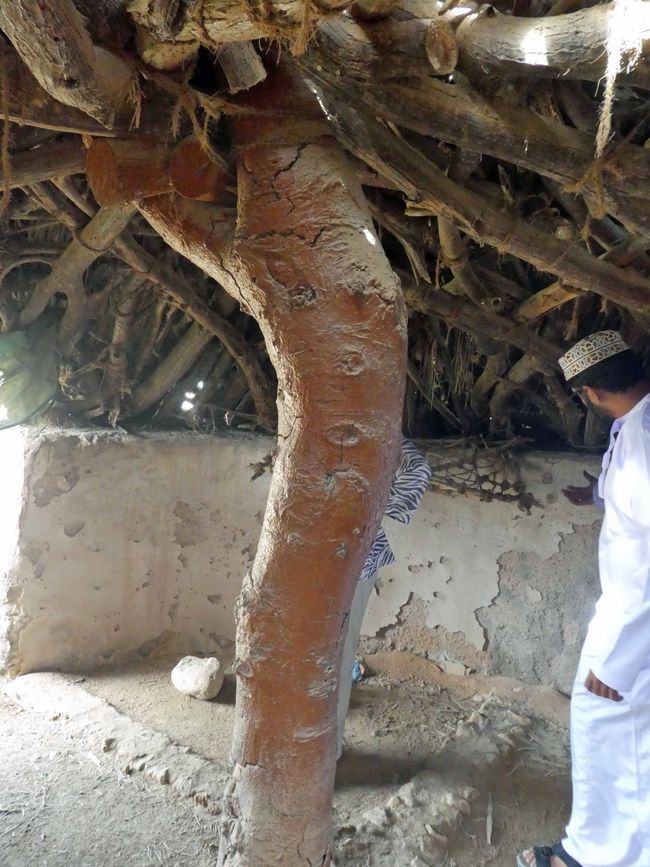
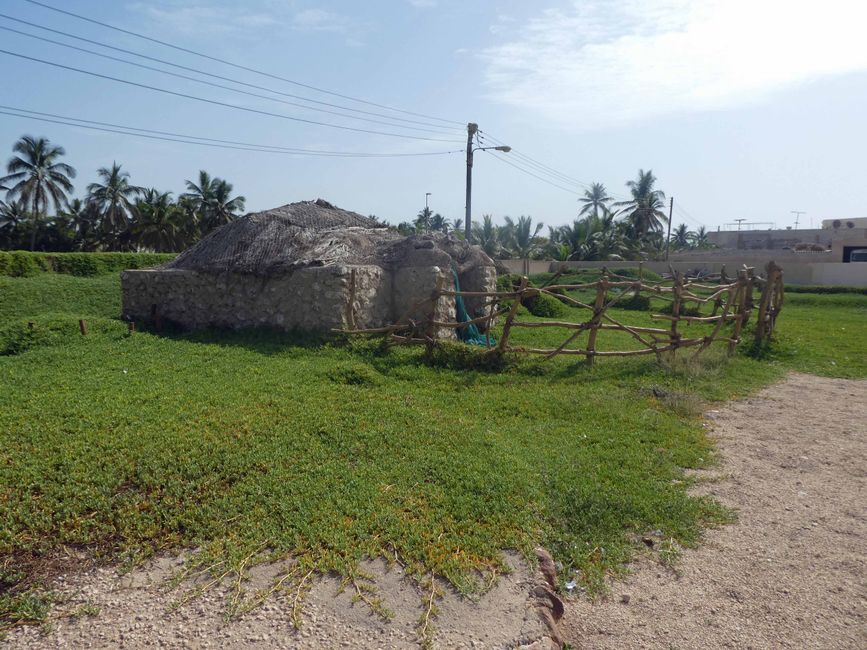
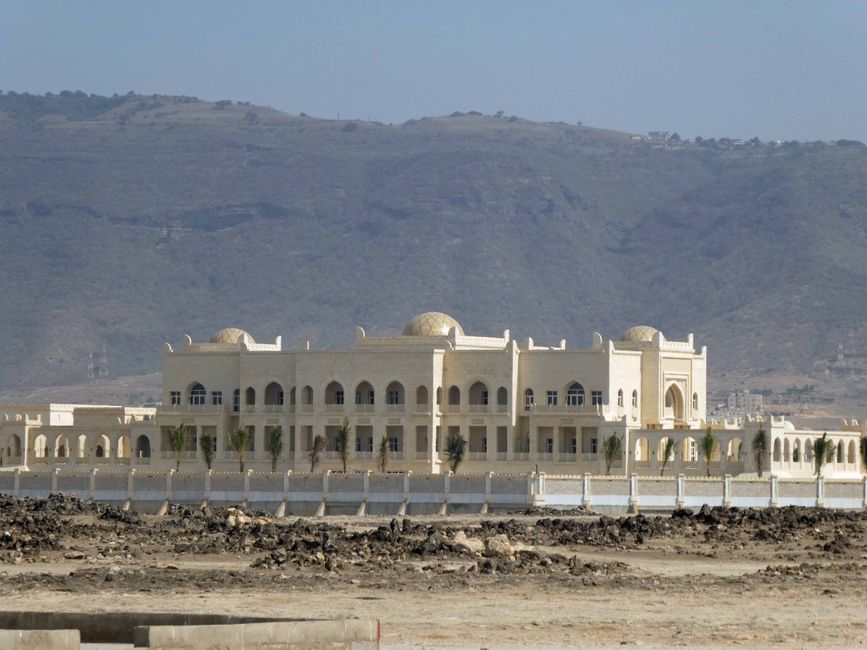
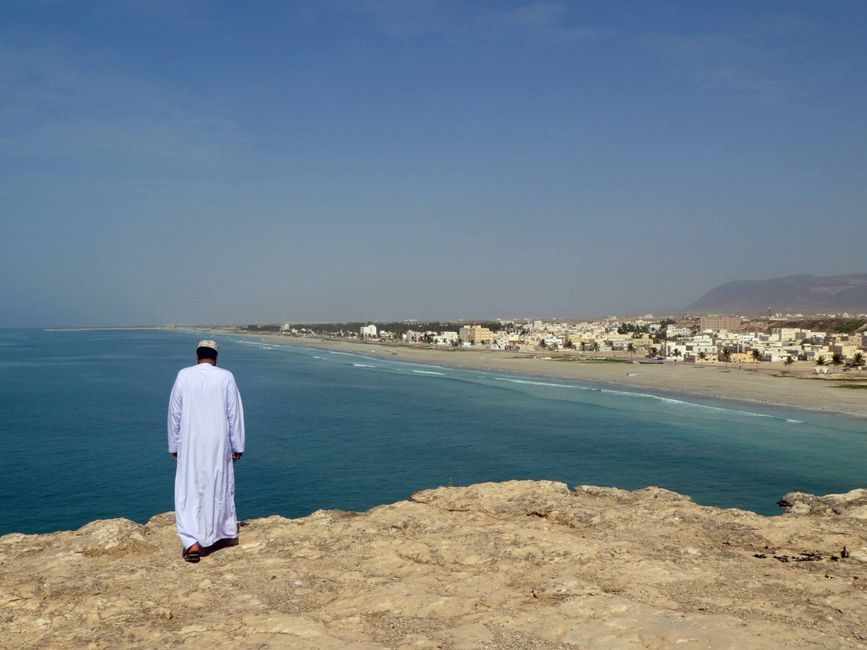
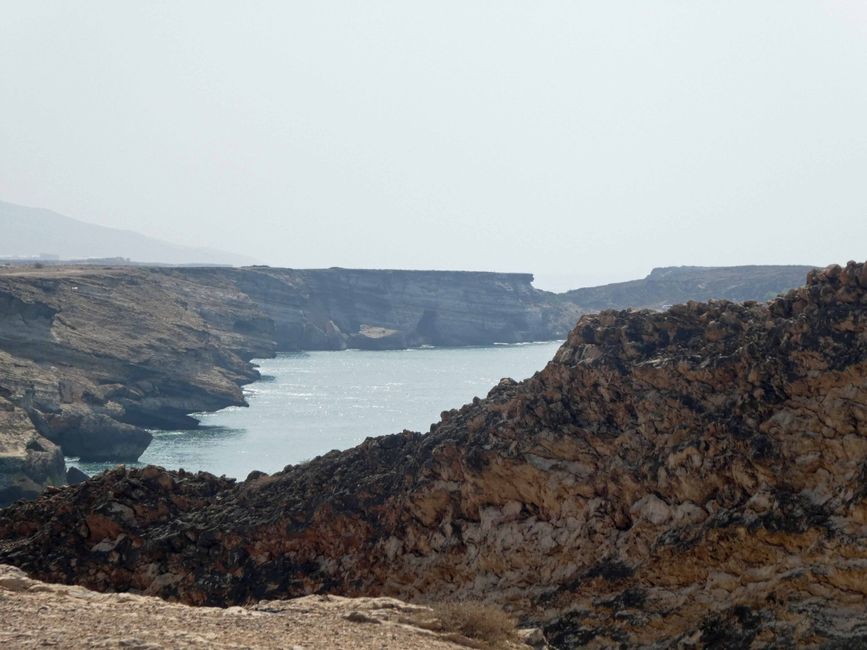
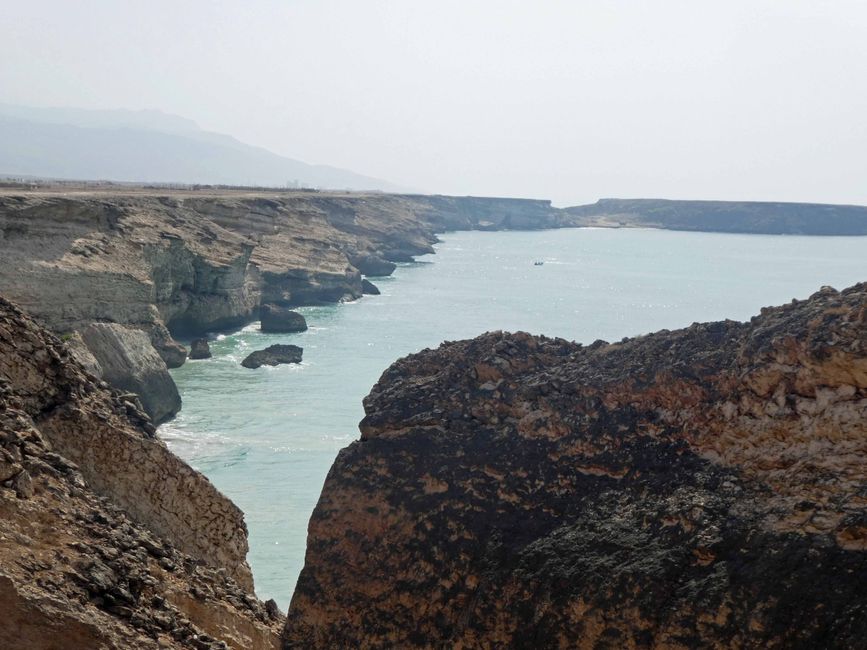
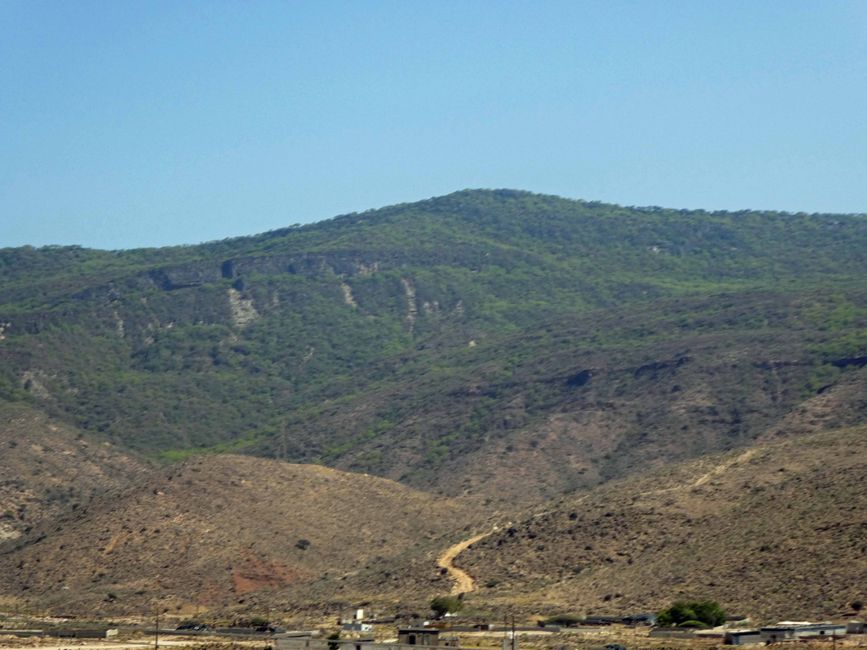
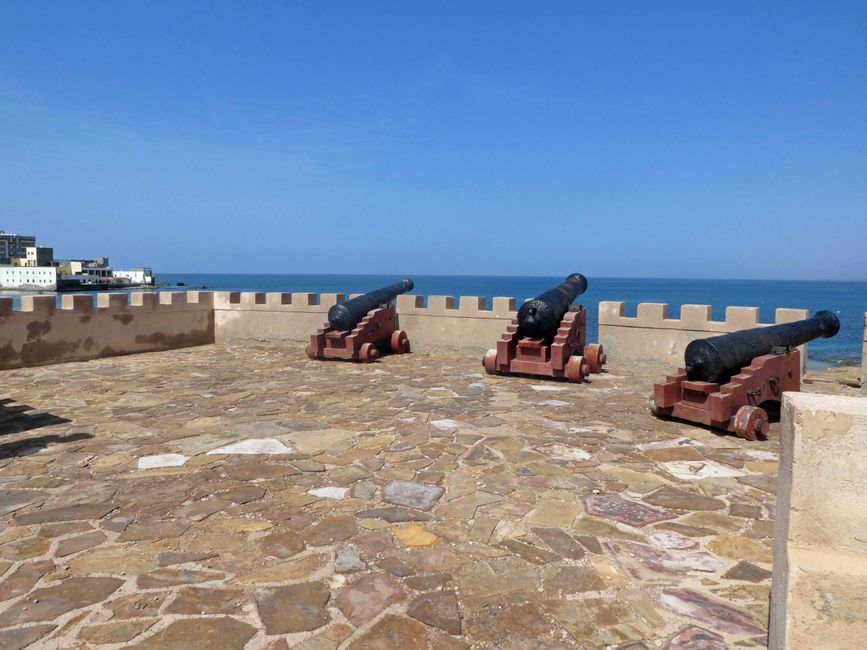
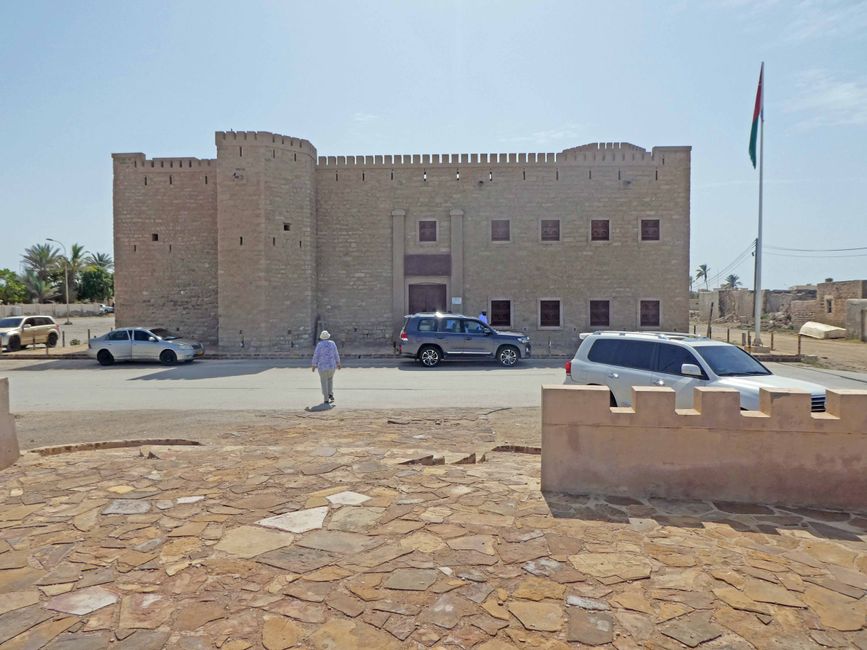
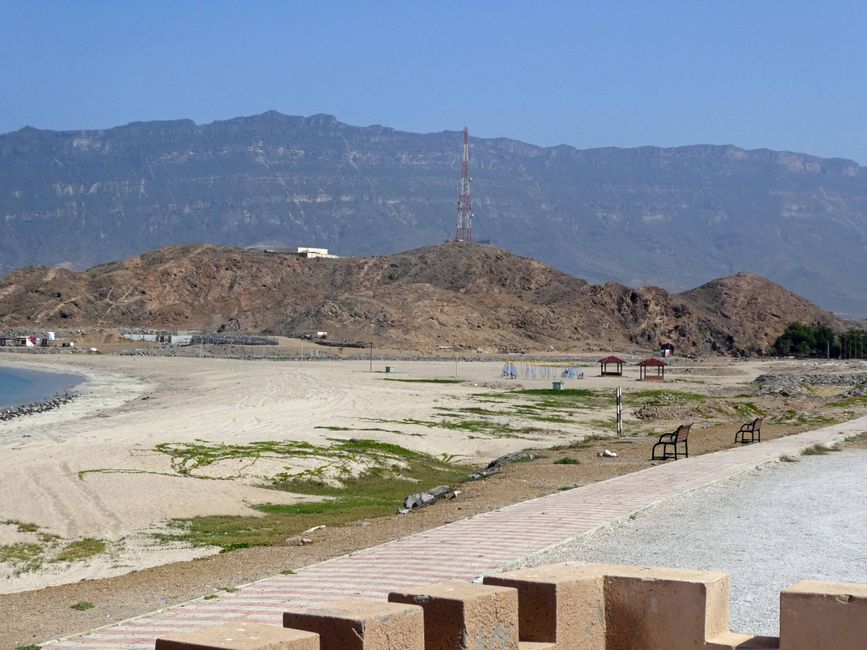
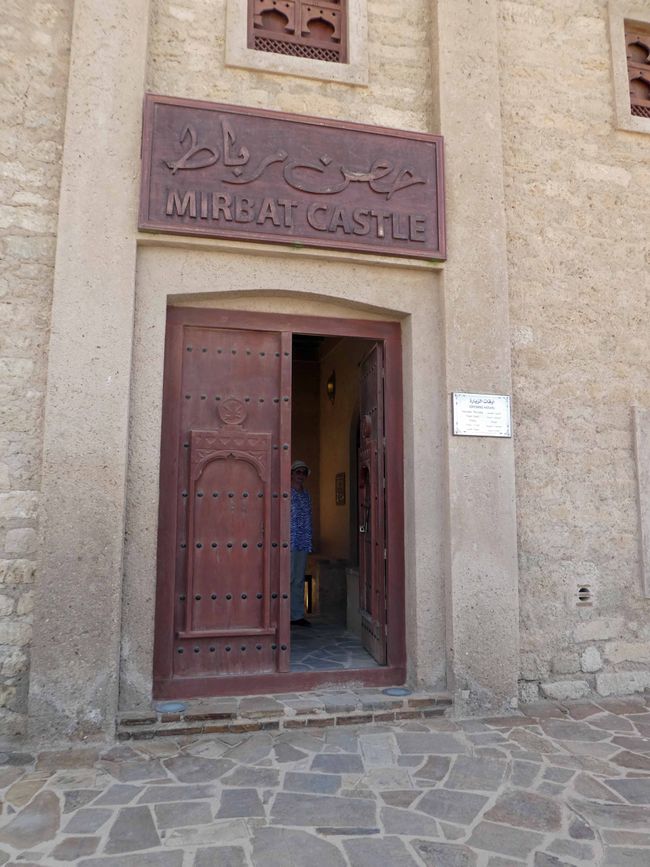
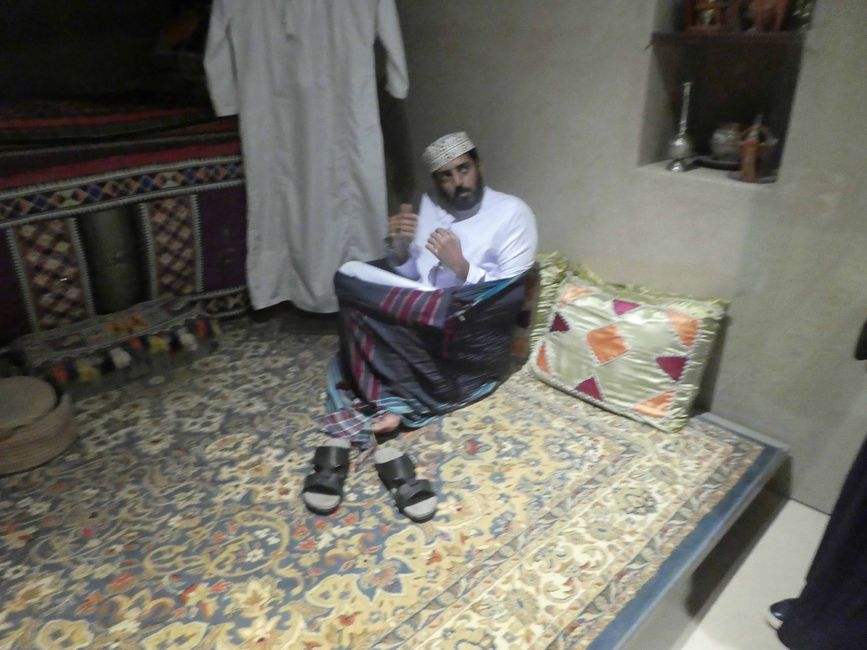

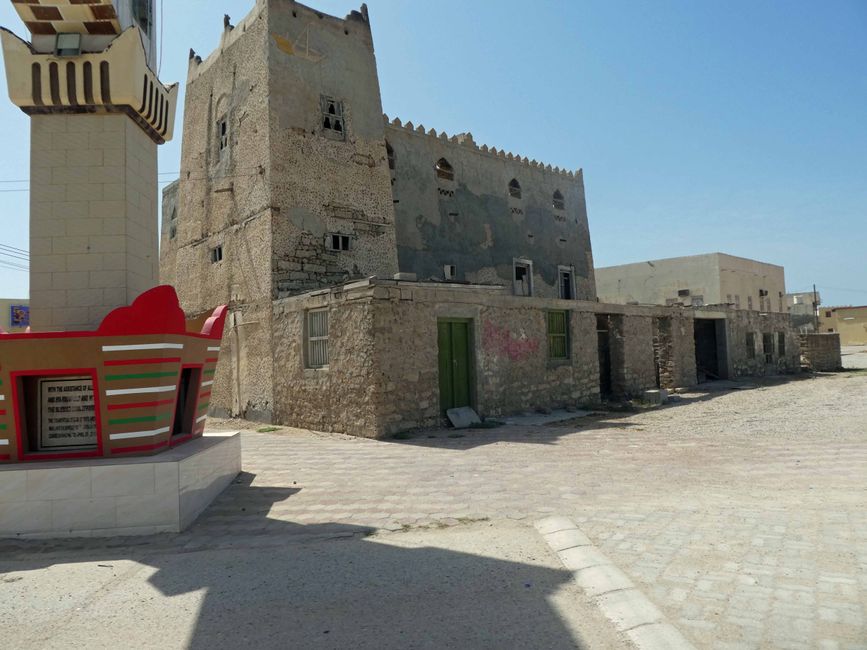
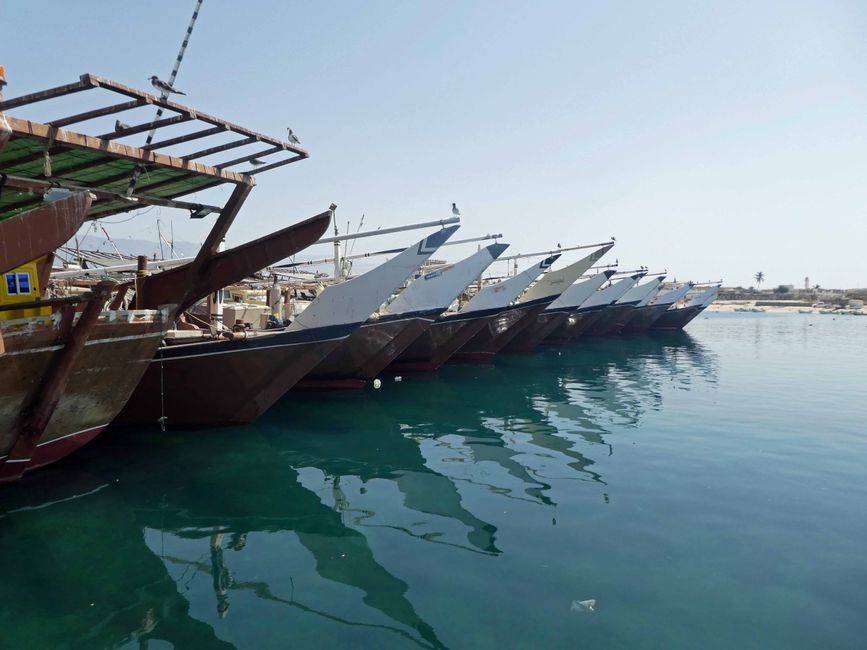
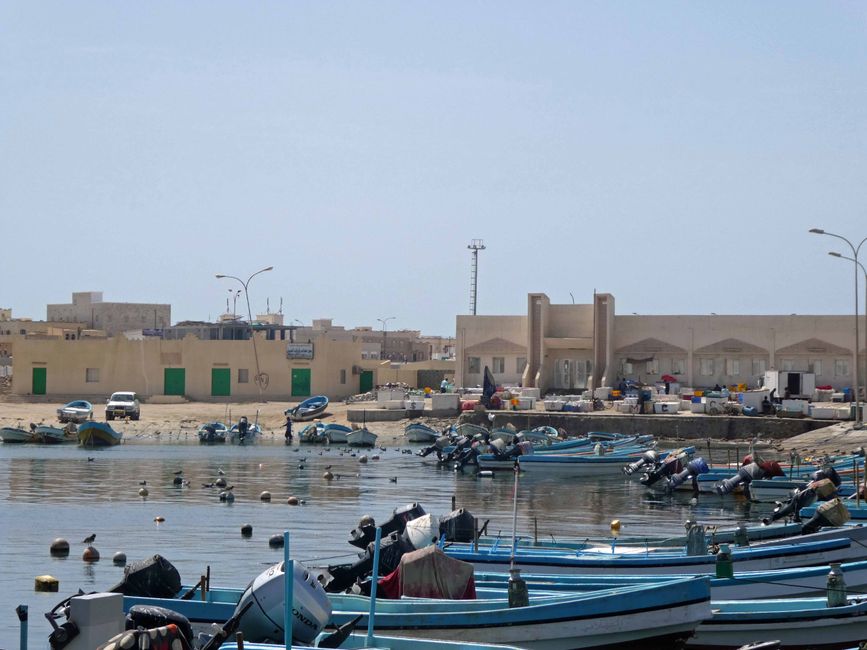
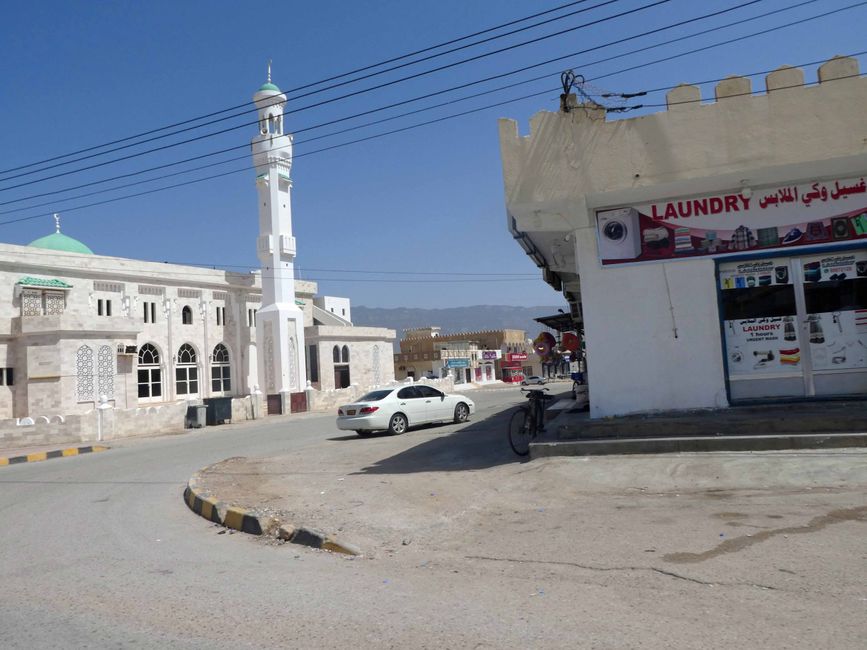
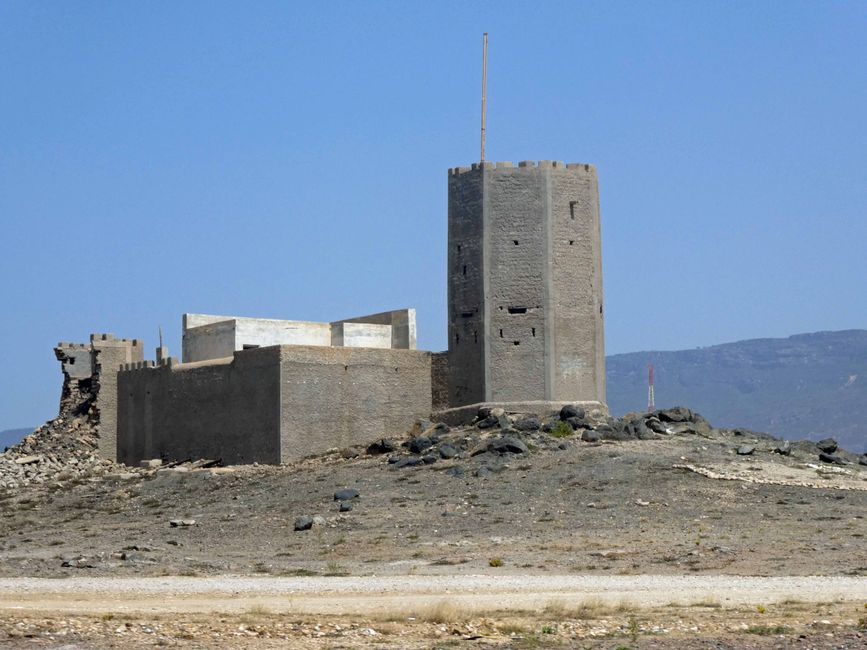
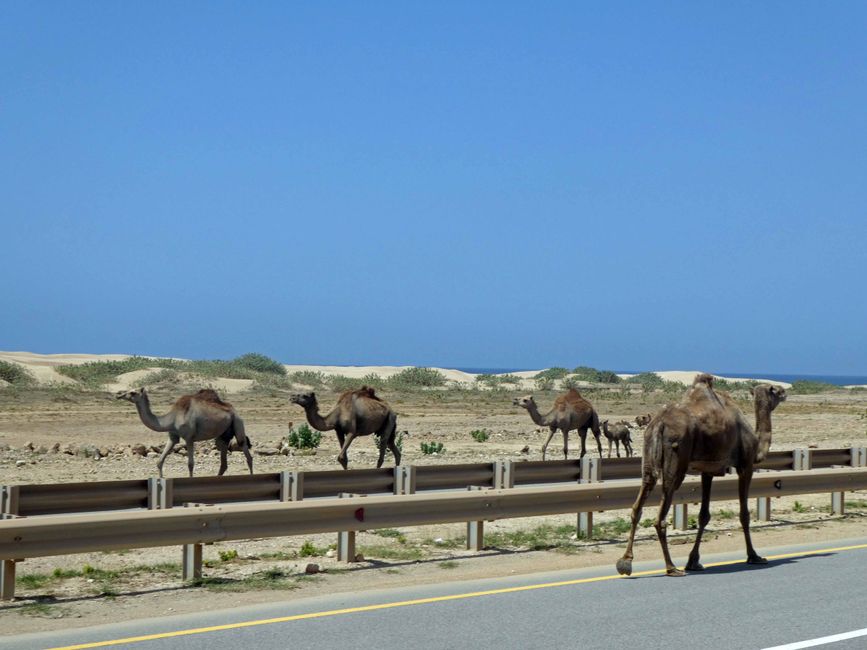
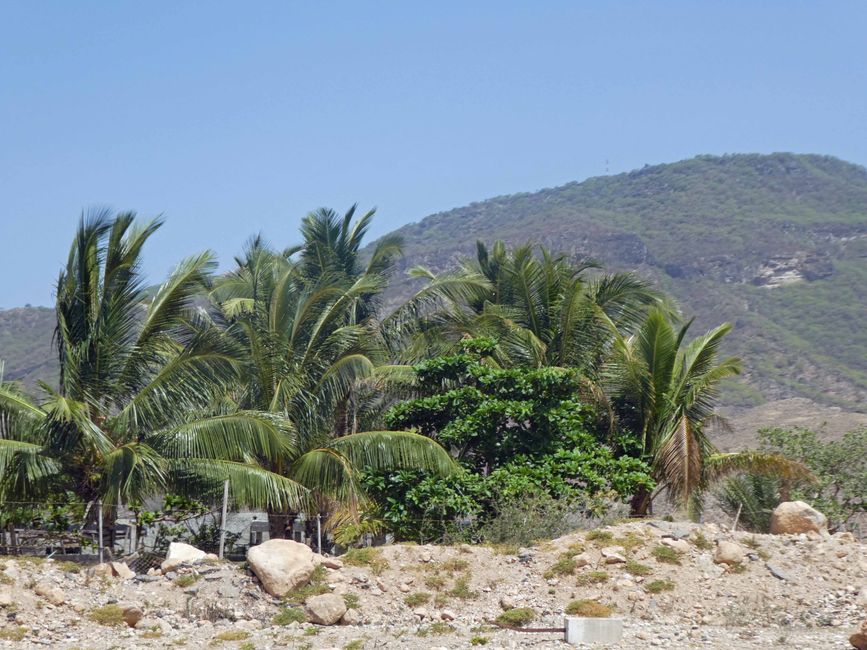
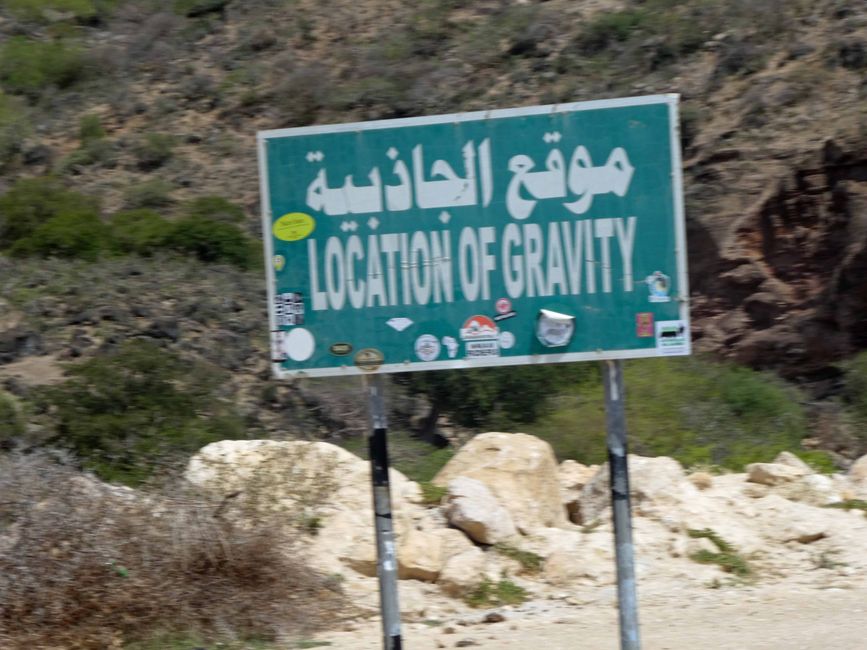
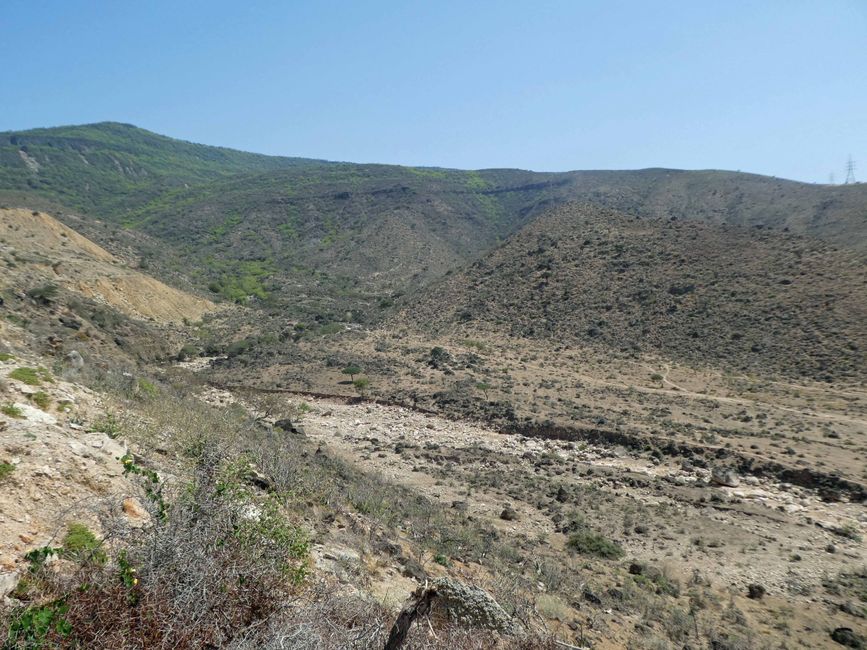
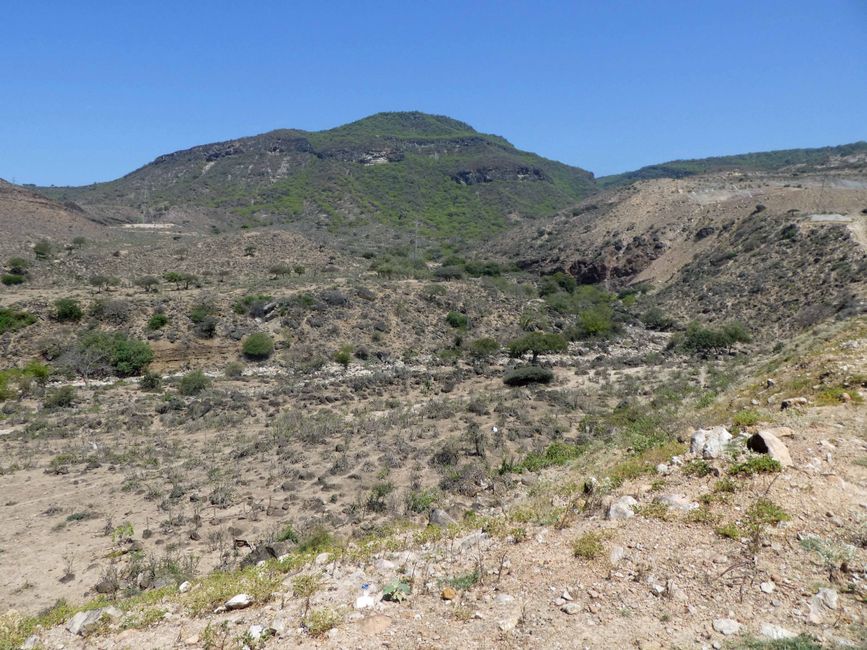
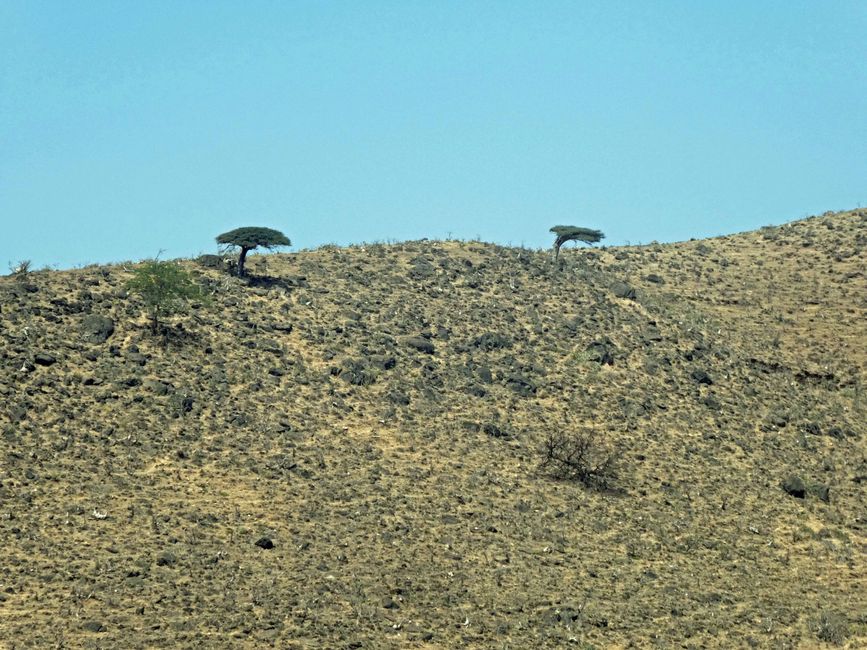
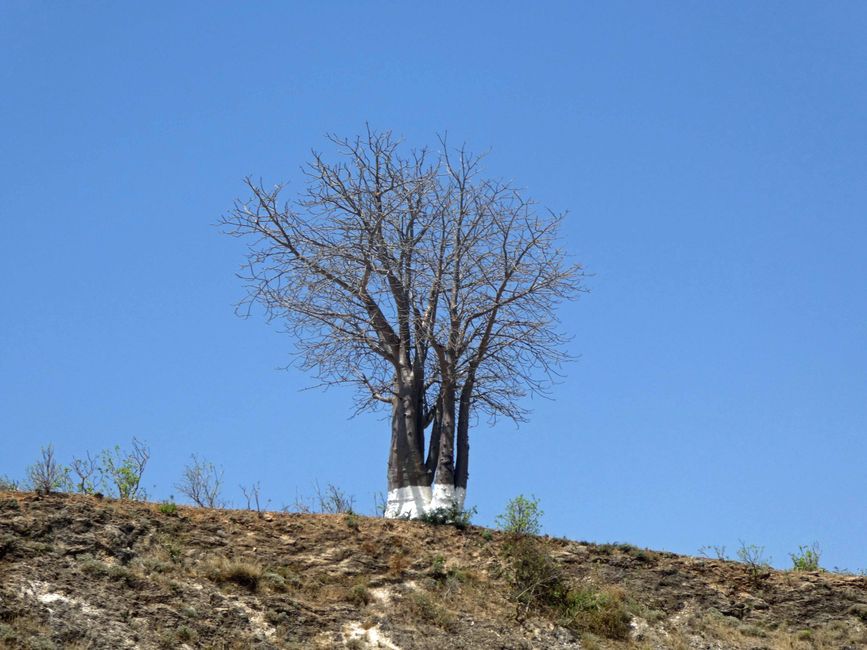
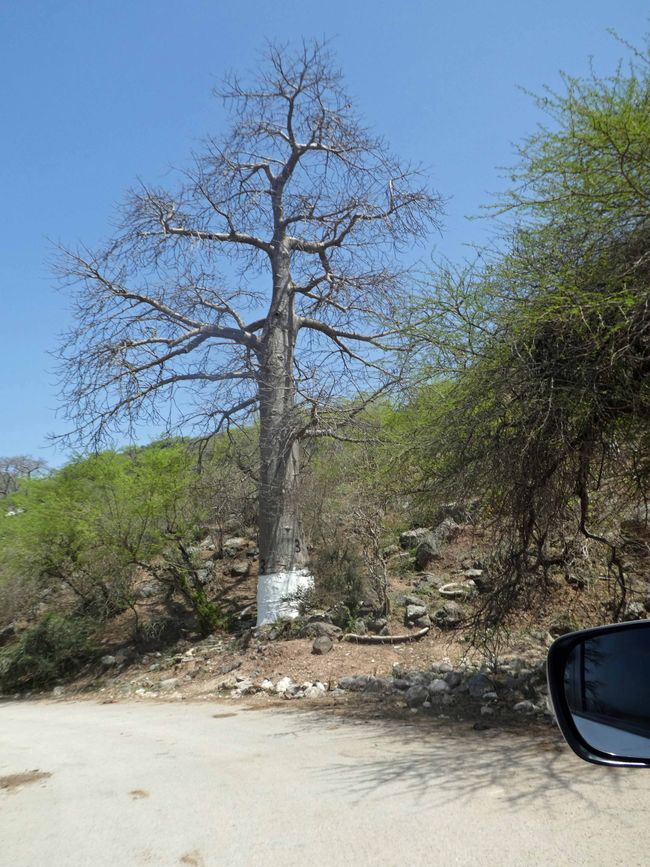
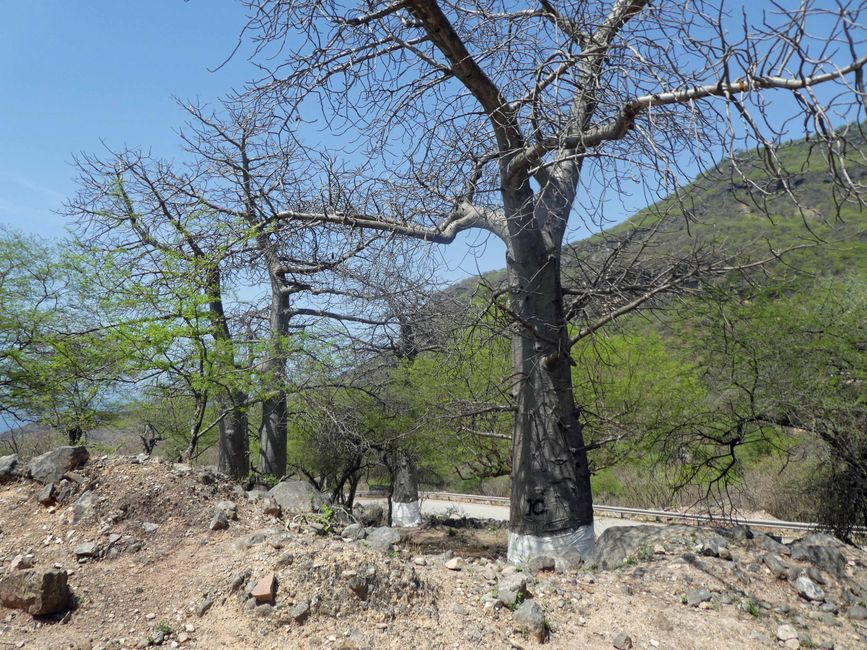
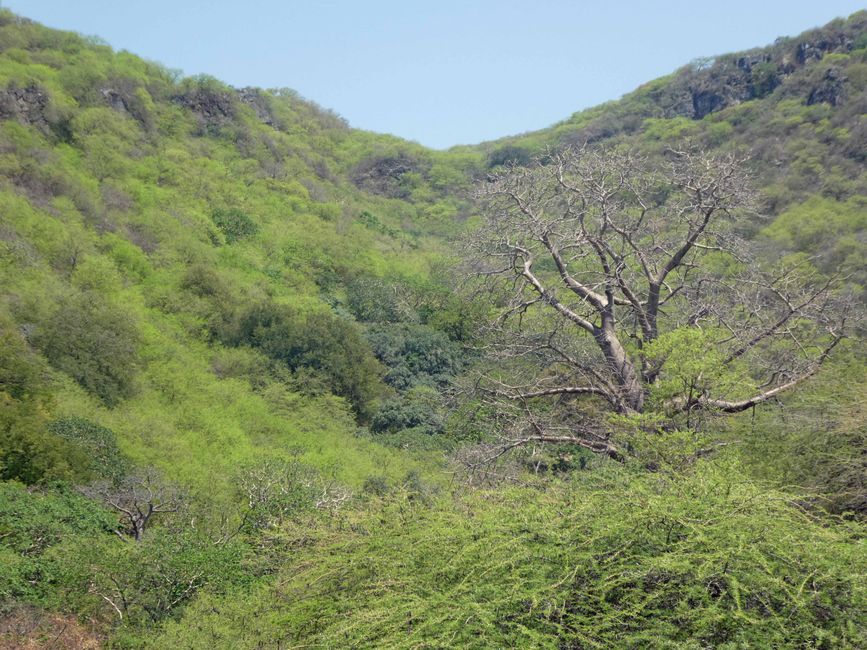
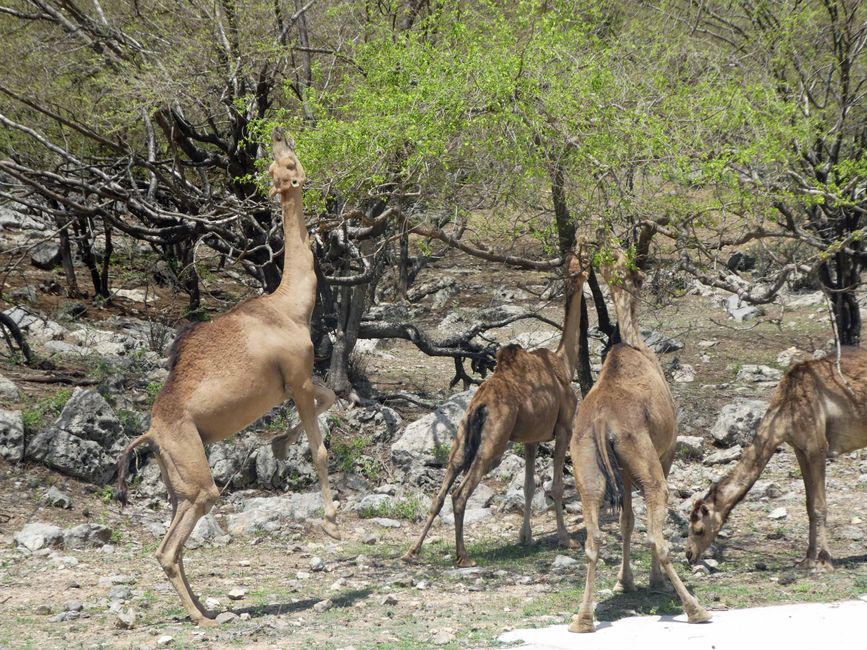
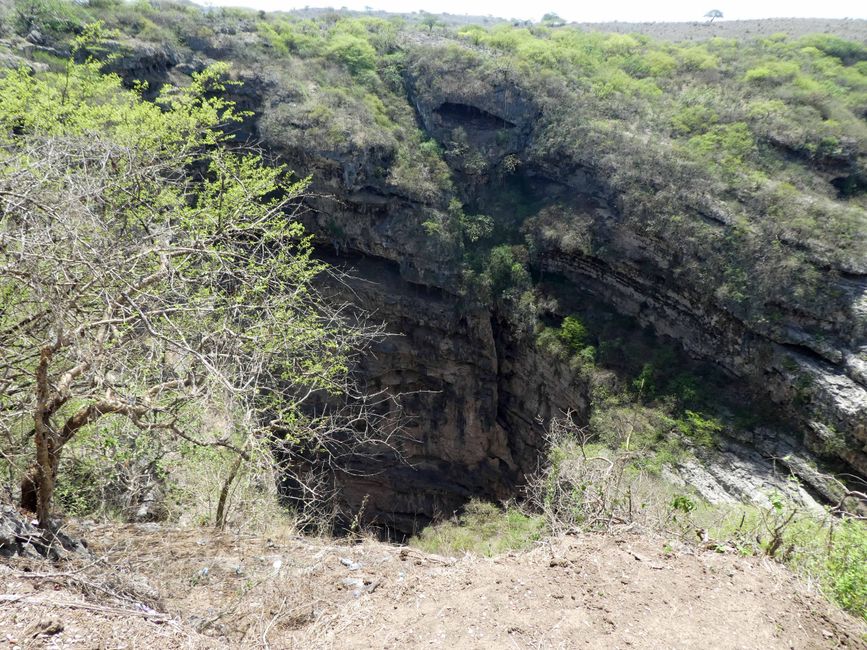
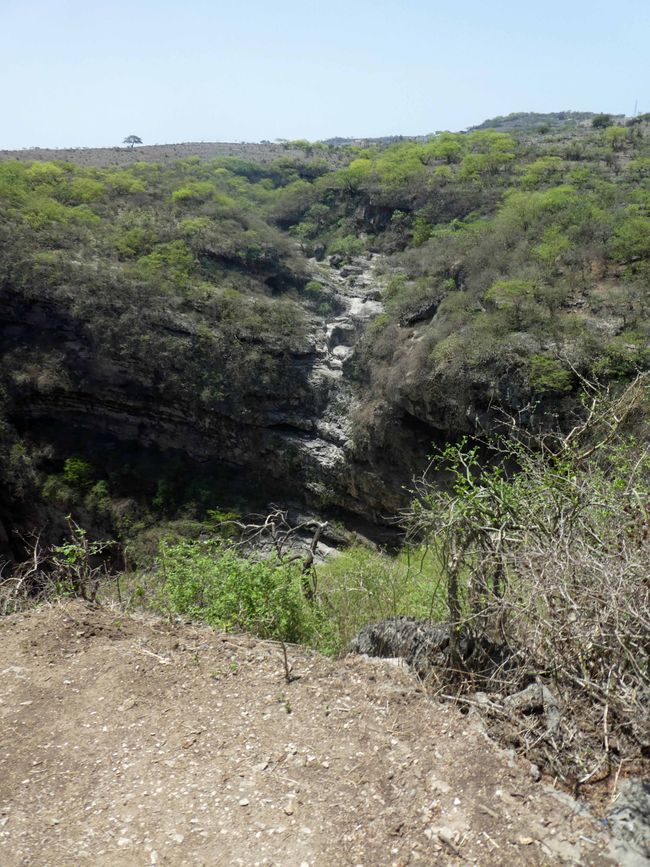
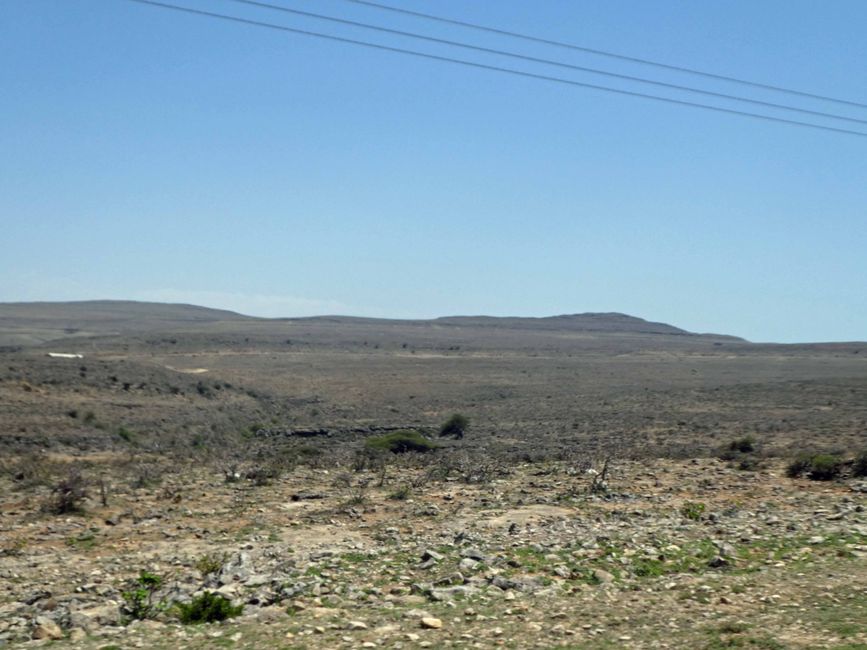
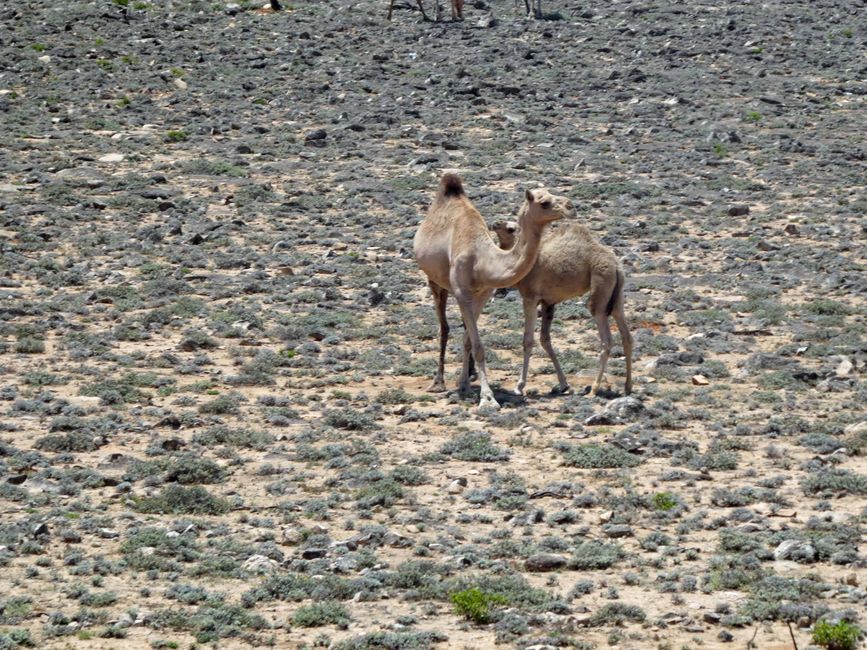
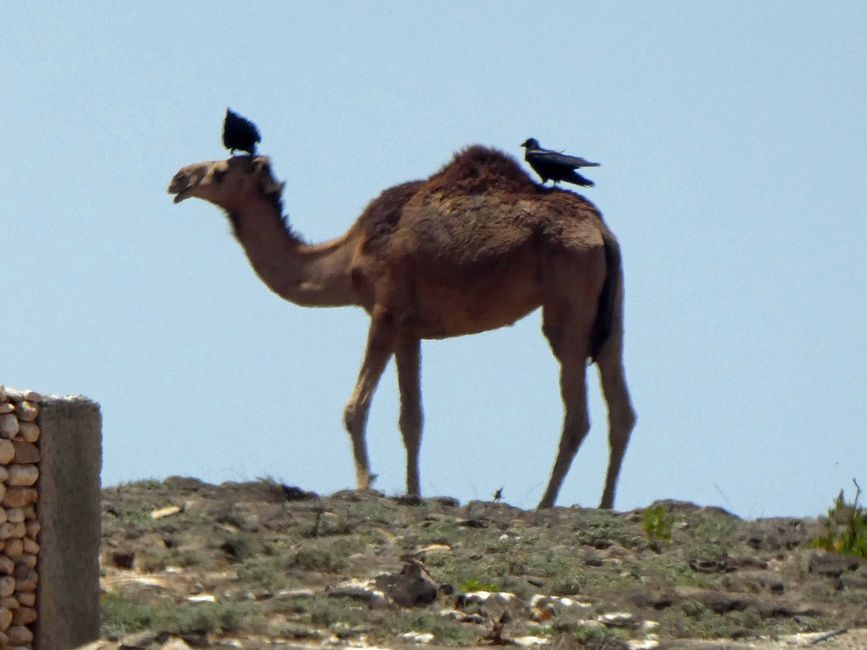
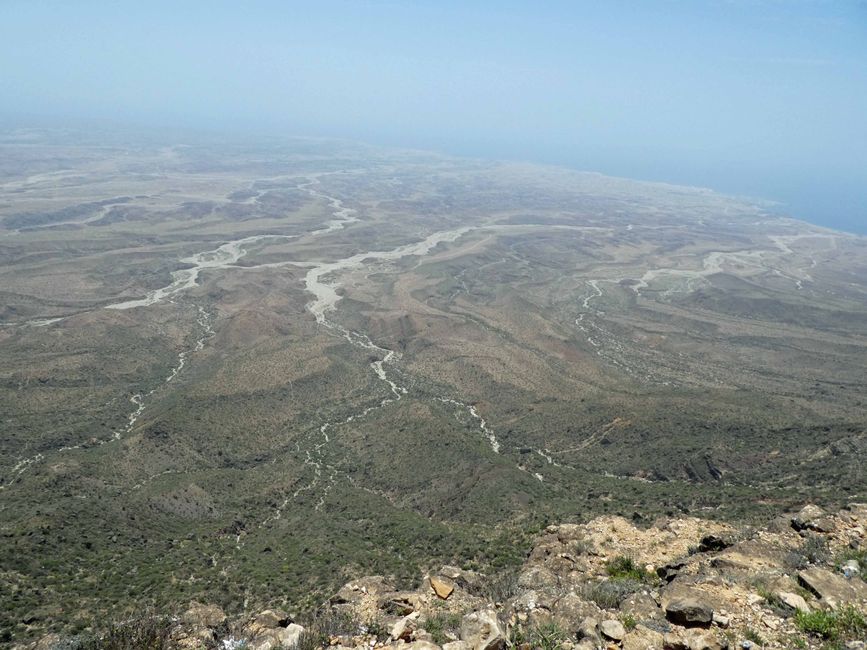
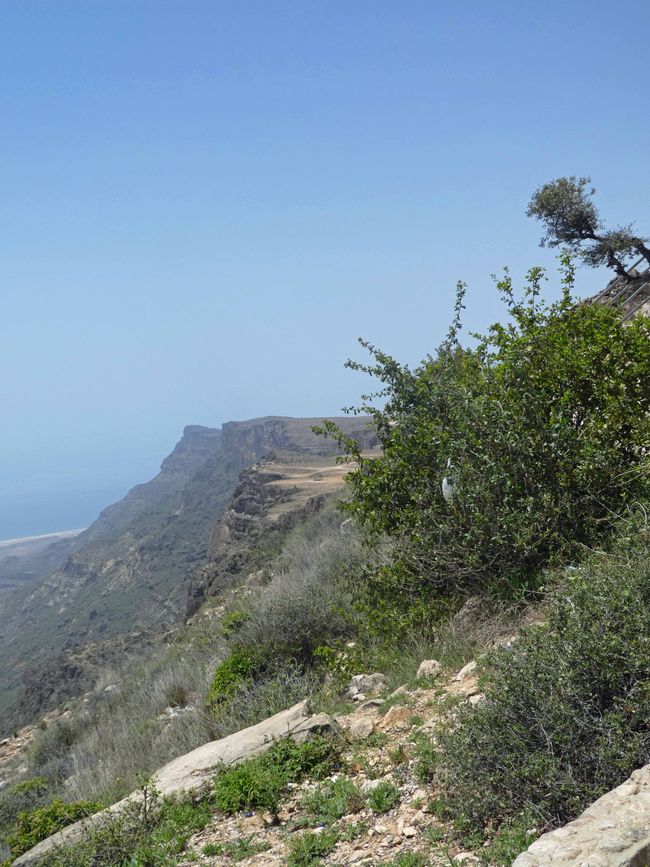
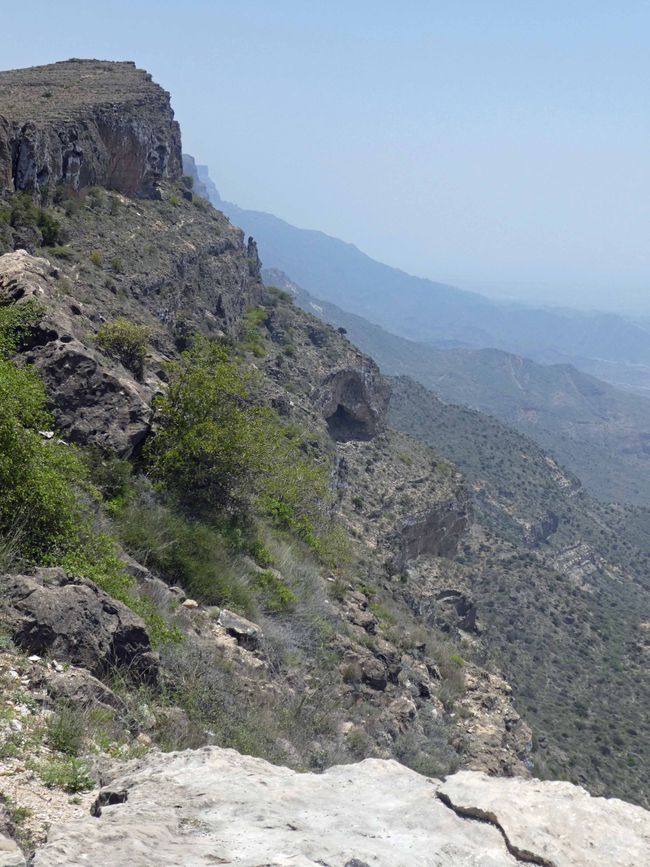
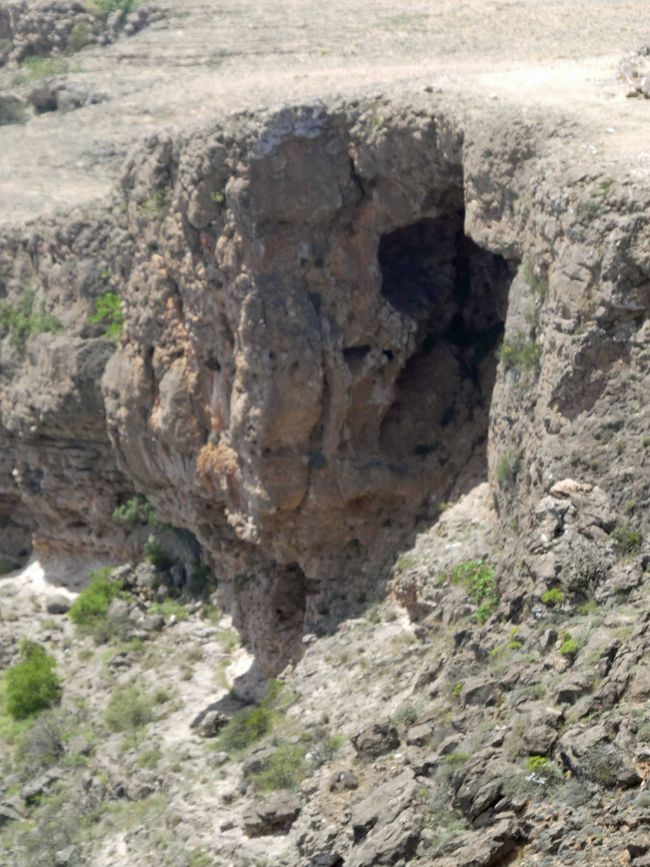
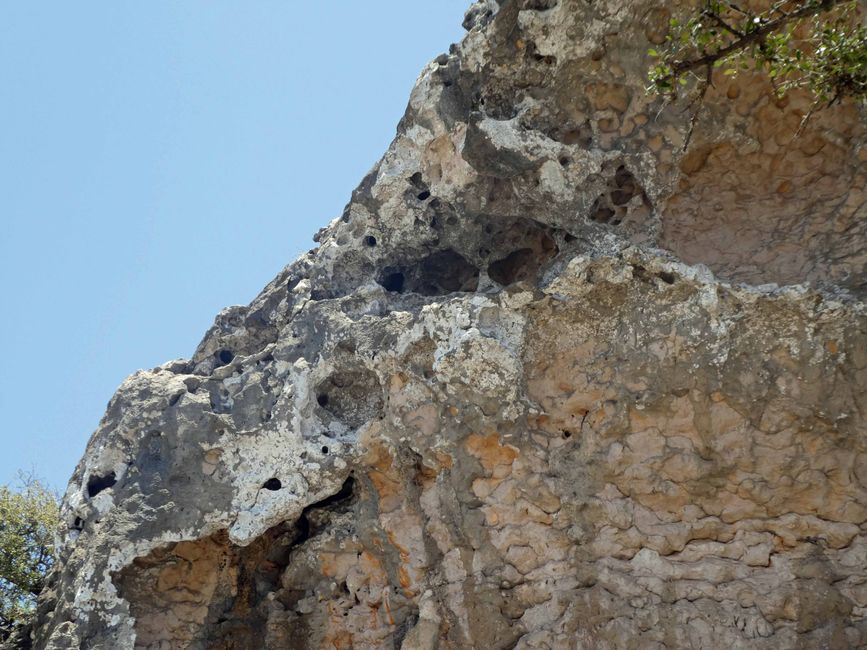
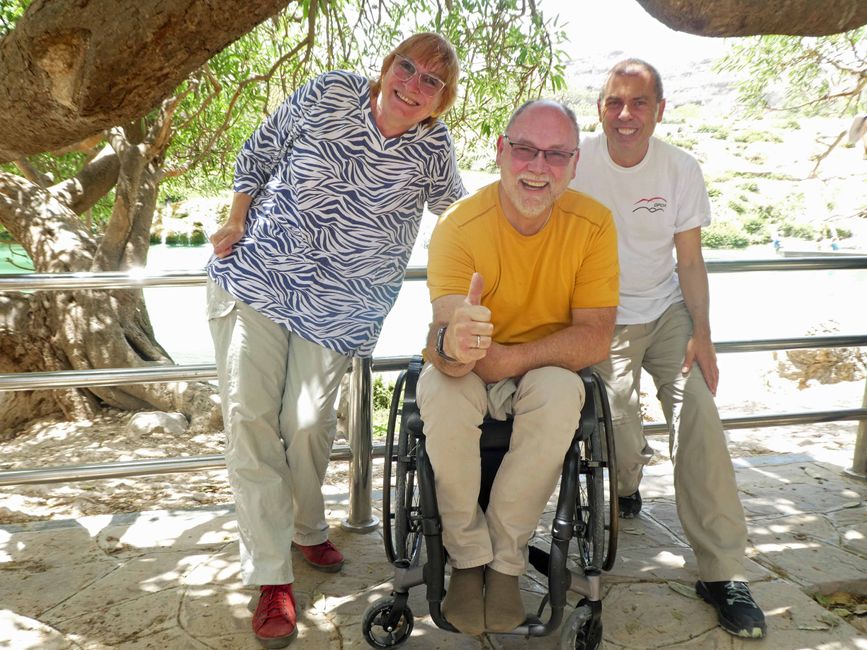
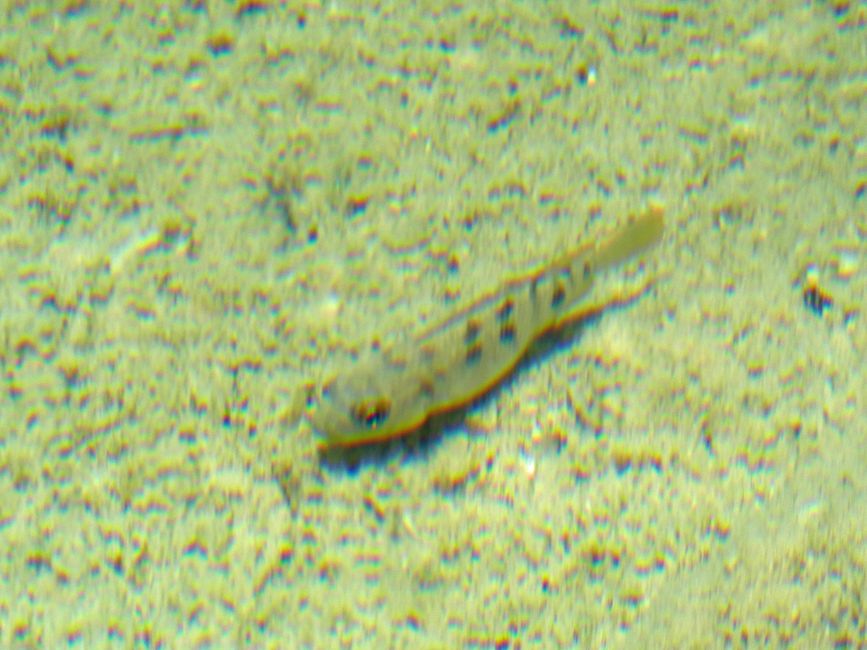

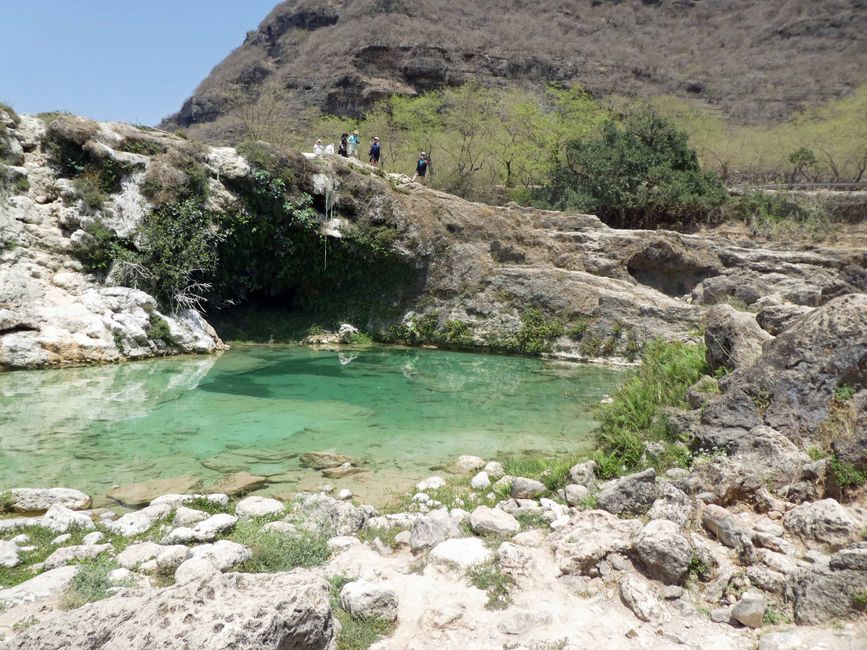

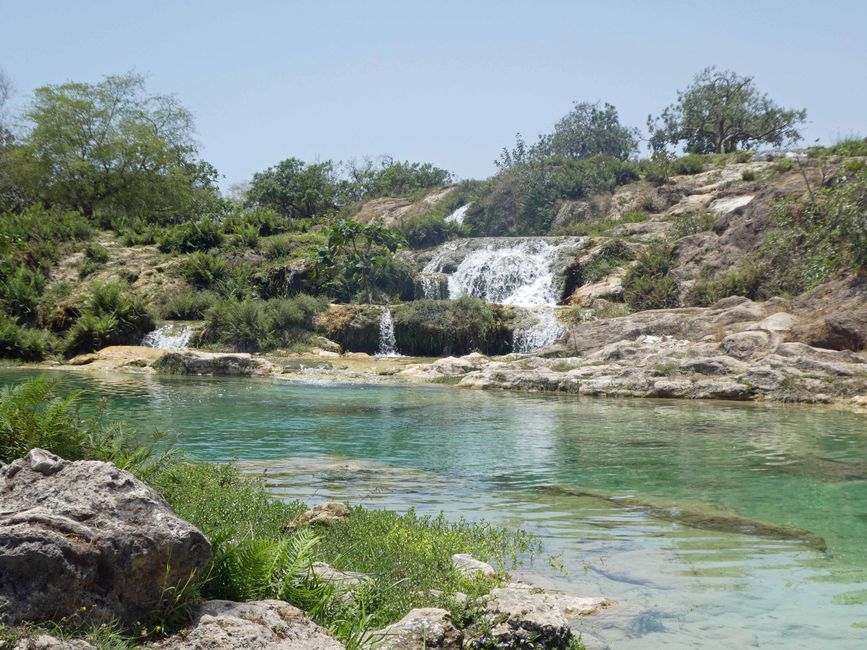
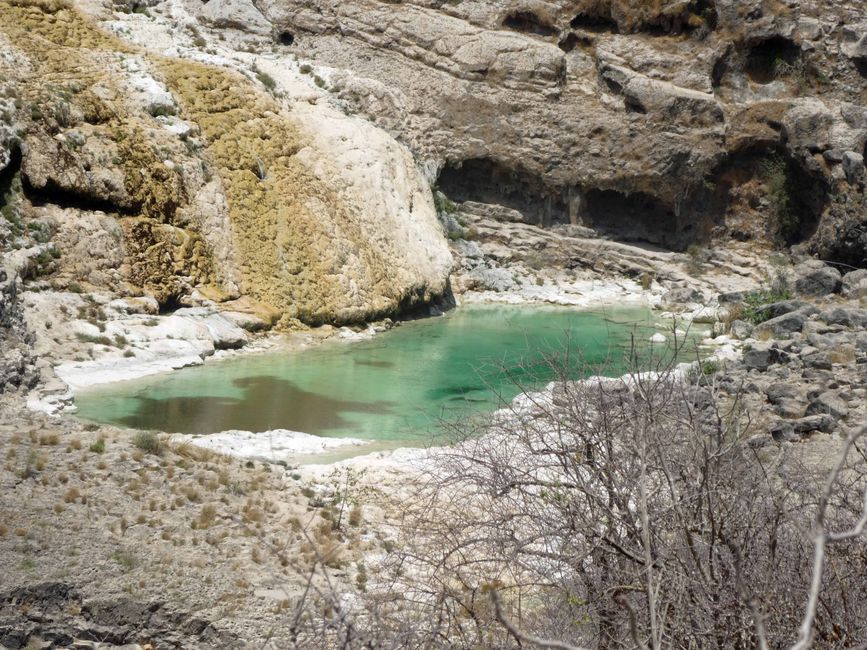
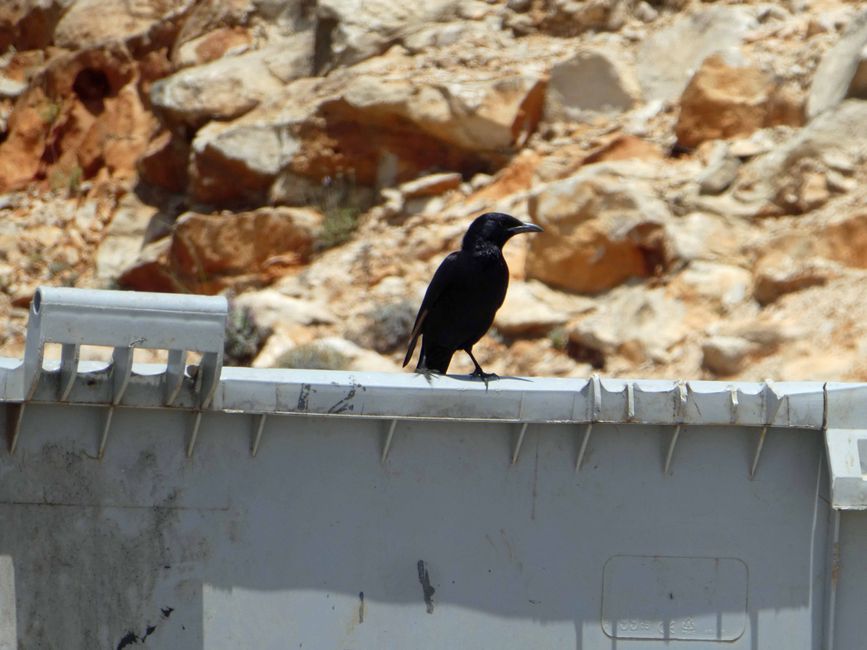
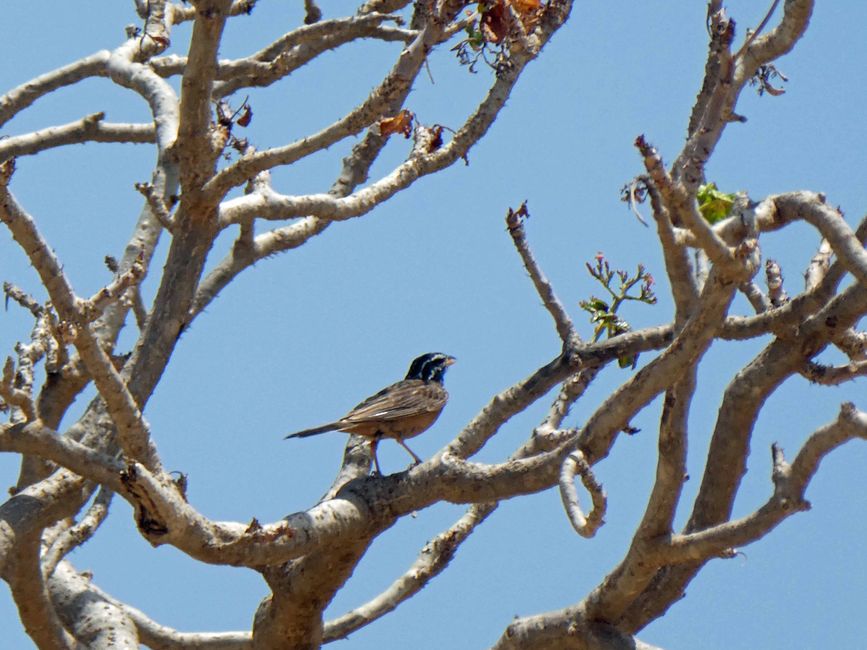
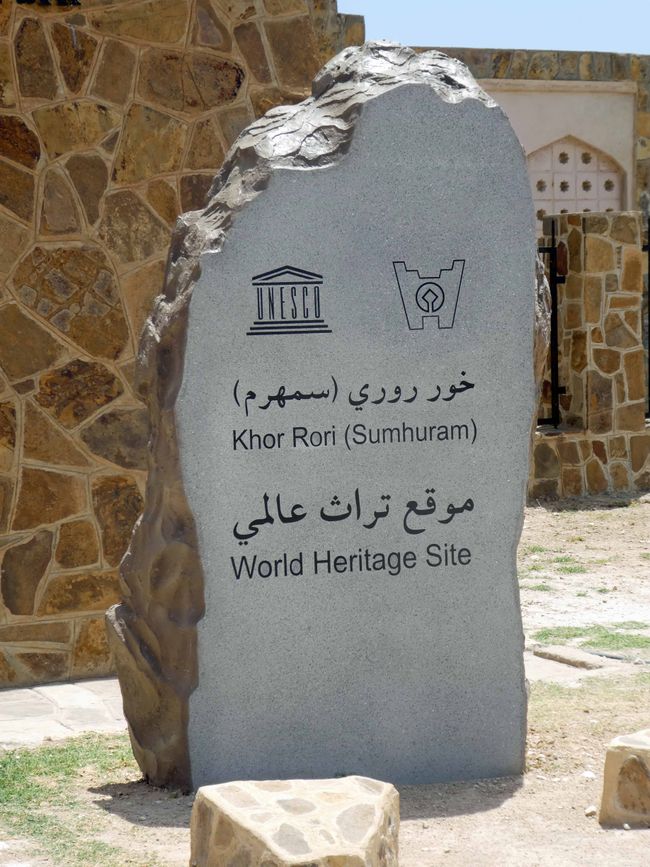
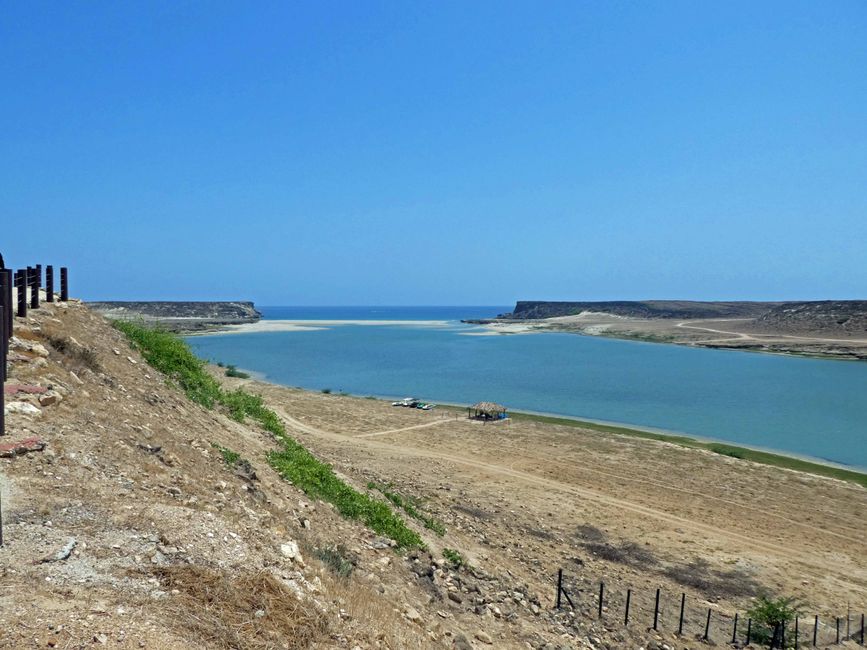


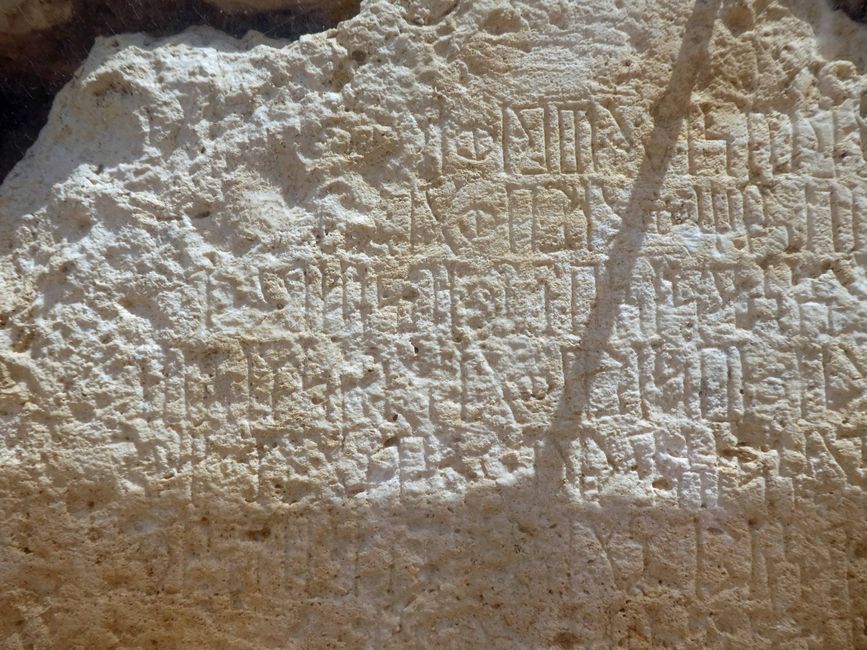
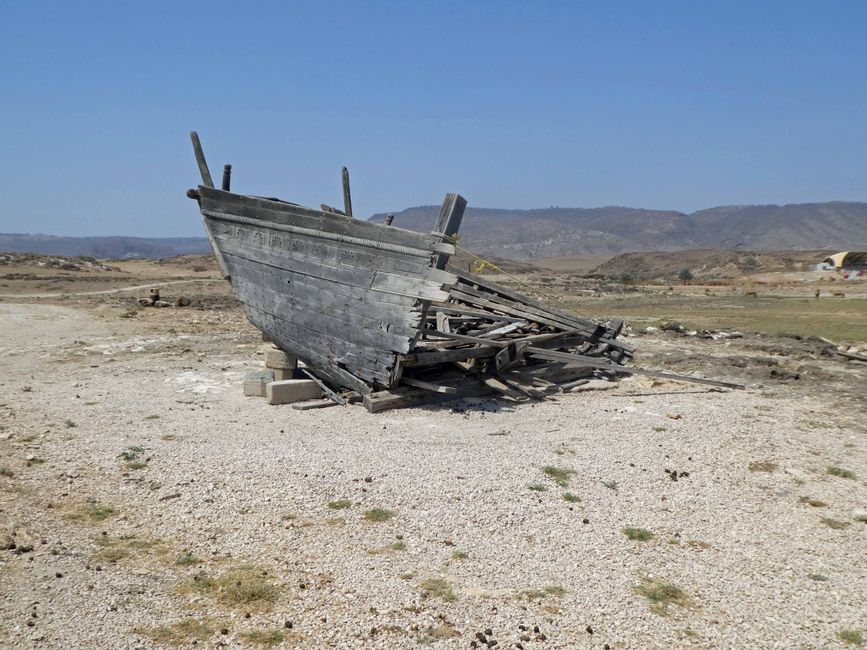
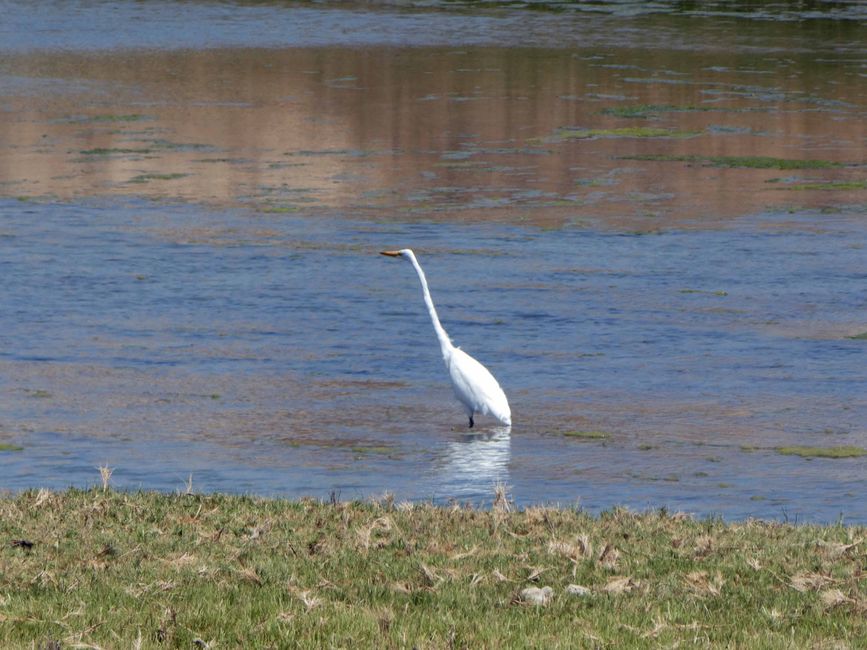
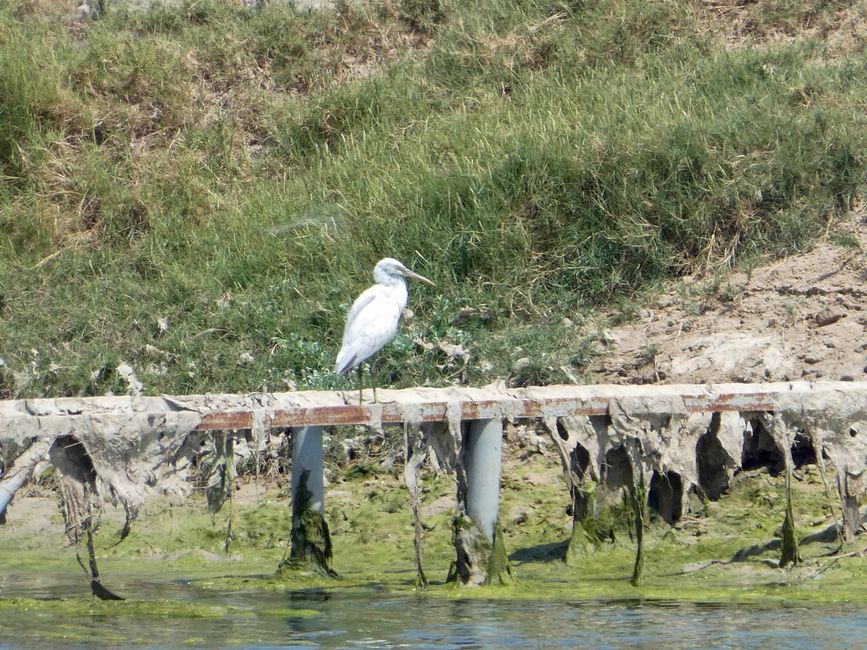
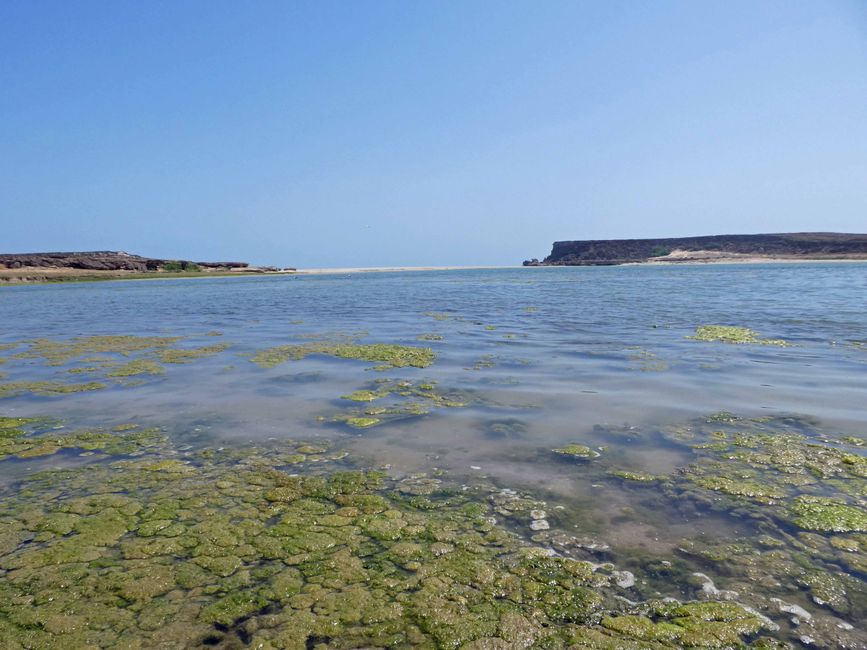
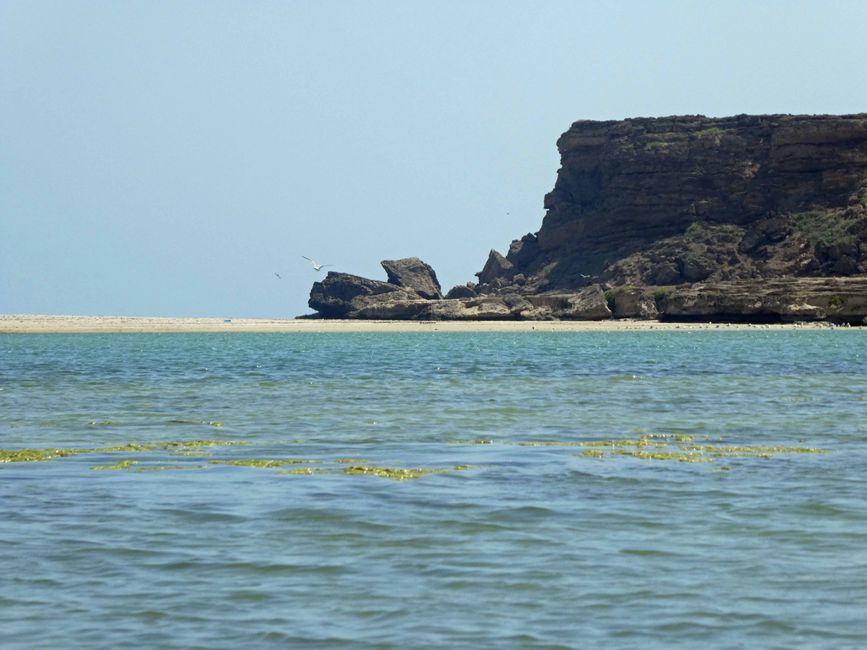
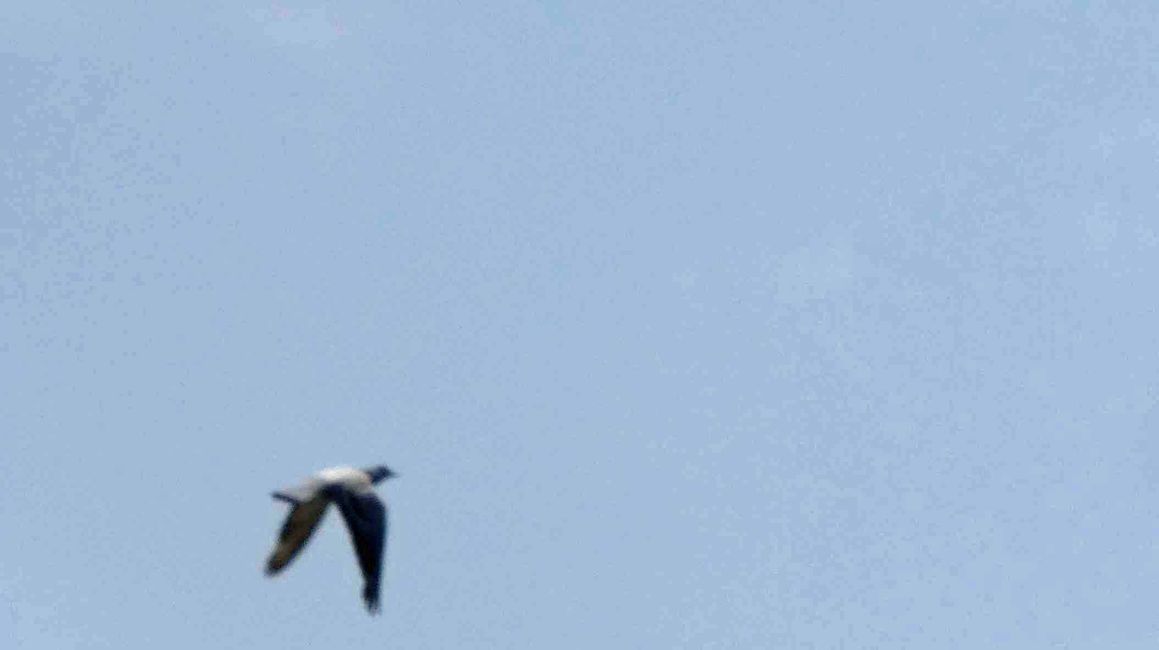
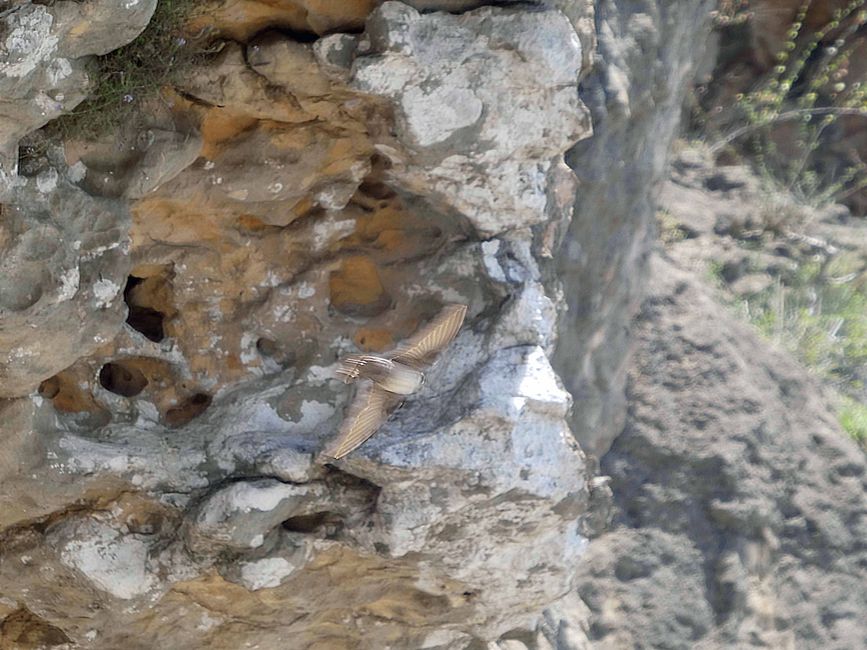

Kyerɛw wo din wɔ Newsletter no mu
Salalah is a city in Oman with about 200,000 inhabitants and is located near the border with Yemen. Unlike the United Arab Emirates, Oman is not as dry. Monsoon season lasts from July to September and there is about 60cm of rainfall. As a result, there is natural greenery, flowers, trees, palm trees, rivers, and groundwater.
What Salalah doesn't have are skyscrapers. But there are generously laid out streets, most of which are adorned with beautiful street lamps, flowers, and greenery. Oman and especially the region around Salalah are traditionally associated with the production of frankincense. That's why they also call themselves the land of frankincense. From what we've seen, however, we would call it the land of camels. We have never seen so many camels before, and they are everywhere. On the roads, on the highways, on the beach, in the desert, on the mountains, simply everywhere. But there are also cows, goats, and donkeys.
For our excursion, we booked a tour online again, which was worth it. Firstly, we had our own 4x4 Landcruiser and could set the pace ourselves. We were also able to take another passenger in a wheelchair with us, whom the ship could not offer an excursion to.
We then drove along the coast to Taqah Castle, passing beautiful beaches with incredibly many birds. On the way, we also visited traditional huts where people lived 70 or more years ago.
On the way, we visited the old port, which is still used by fishermen. The boats are still traditionally built, but they are no longer made of wood but of fiberglass.
Taqah Castle was the seat of the regional rulers and is now a small museum. There, historical objects are displayed, as well as clothing and furnishings that were and are still commonly used.
After that, we drove into the mountains, up to 1,100m (the highest mountain in Oman is over 3,000m high). There, we were able to visit the place 'Earth Gravity Controversial'. The special thing about it is that cars roll easily uphill without an engine. We have to read up on what that's all about. In any case, it's funny.
Then we drove past completely and partially dried up watercourses (Wadi Darbat). They give an idea of the amount of water flowing down during the monsoon season.
Finally, we visited the Teeq Cave and the Tawi Ateer Sinkhole, where the water has created a well 50m deep or a kind of doline. We also saw another sinkhole and the beautiful Jabal Samhan, a natural pool with small waterfalls.
Finally, we drove to the excavation site Old City Sumhuram. From the 3rd century BC to the 5th century AD, it was the fortified trade and port city for frankincense. It was therefore rich, and because the whole world traded there, Chinese, Indian, African, and European objects were found during the excavations. But around this city, there were also traces of the Stone Age.
We were impressed by the surroundings of Salalah. We didn't visit the city itself. There is a lot of natural greenery, mountains, water, trees, flowers, etc. The houses are not incredibly tall, there are old, dilapidated, and new buildings. There is probably much more to discover there.
Kyerɛw wo din wɔ Newsletter no mu
Anoyie
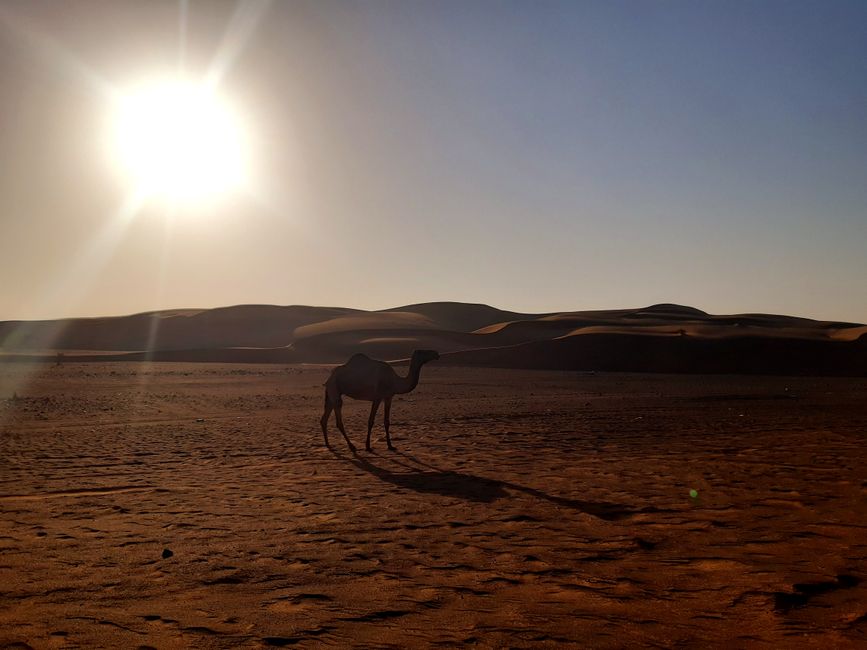
Akwantuo ho amanneɛbɔ Oman
